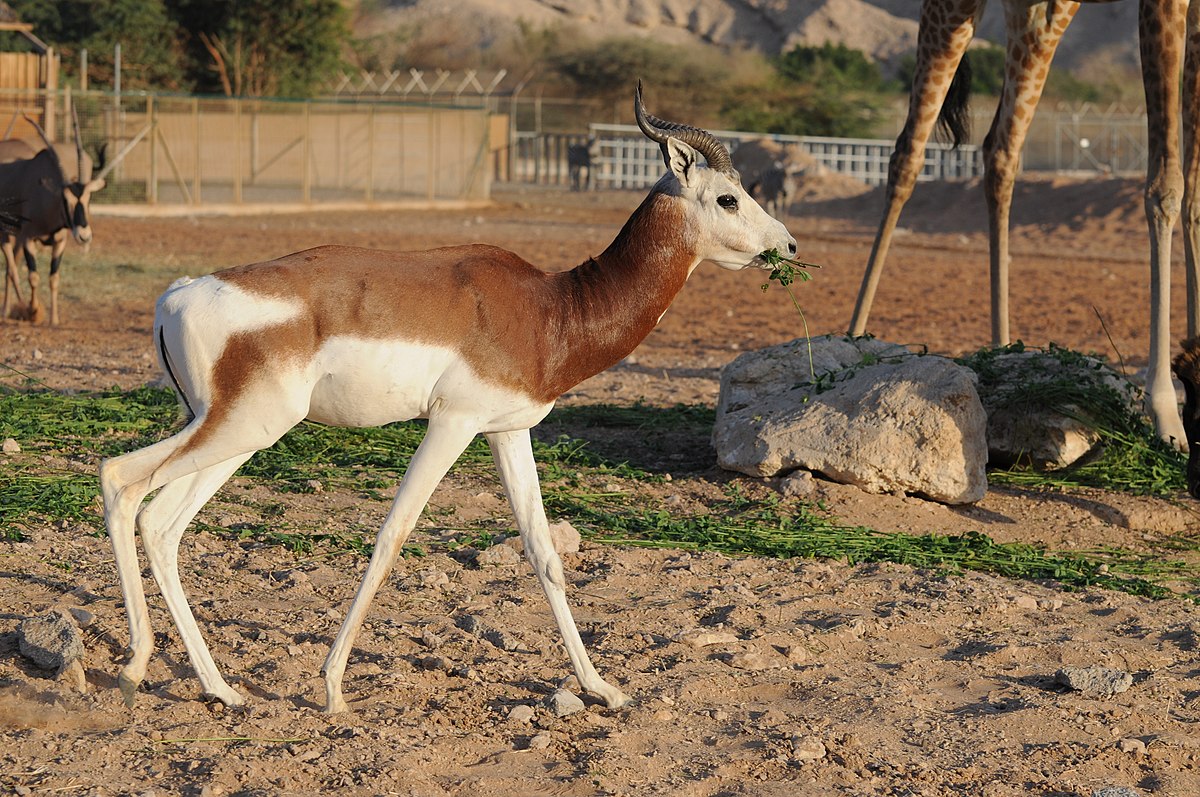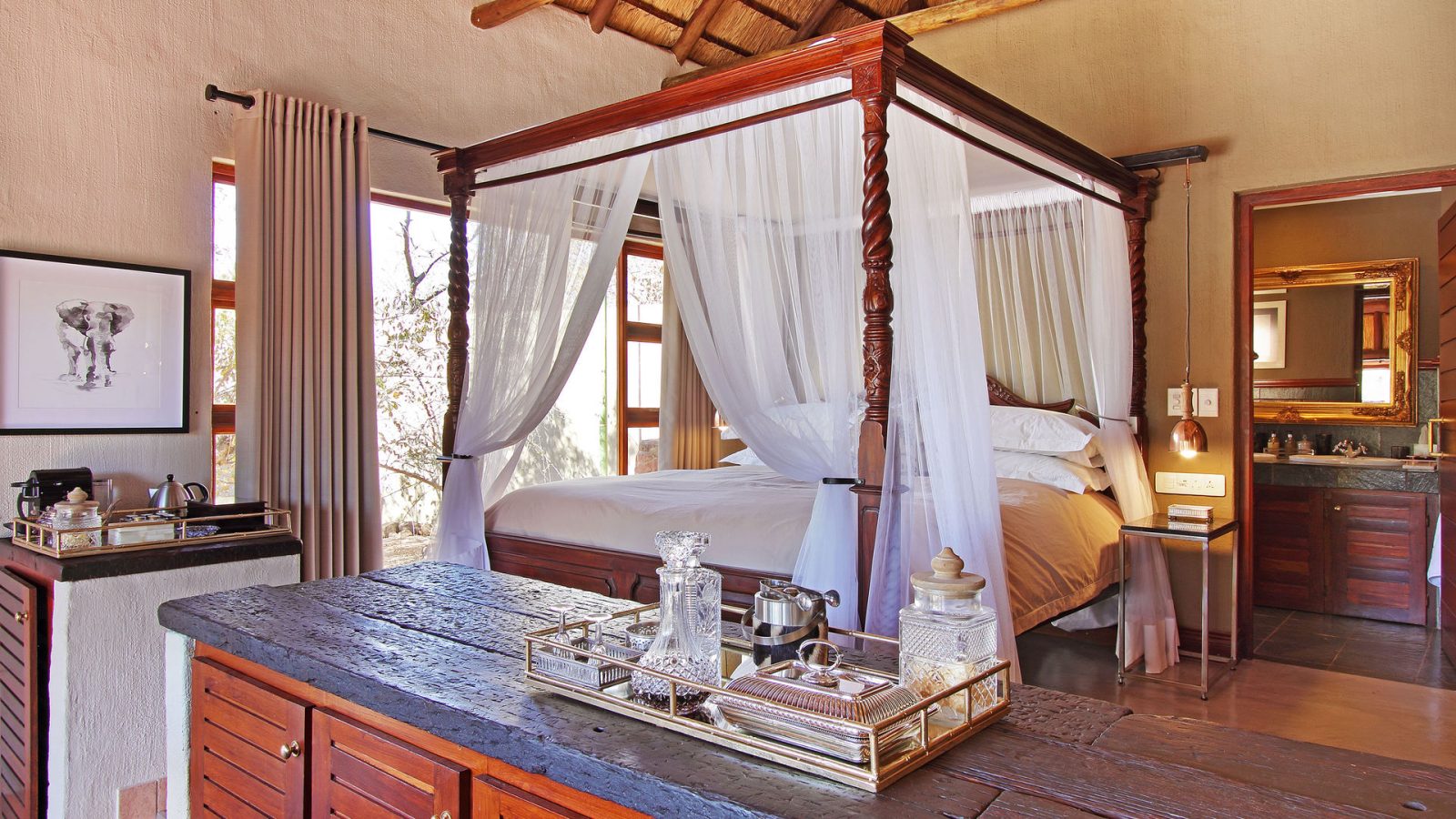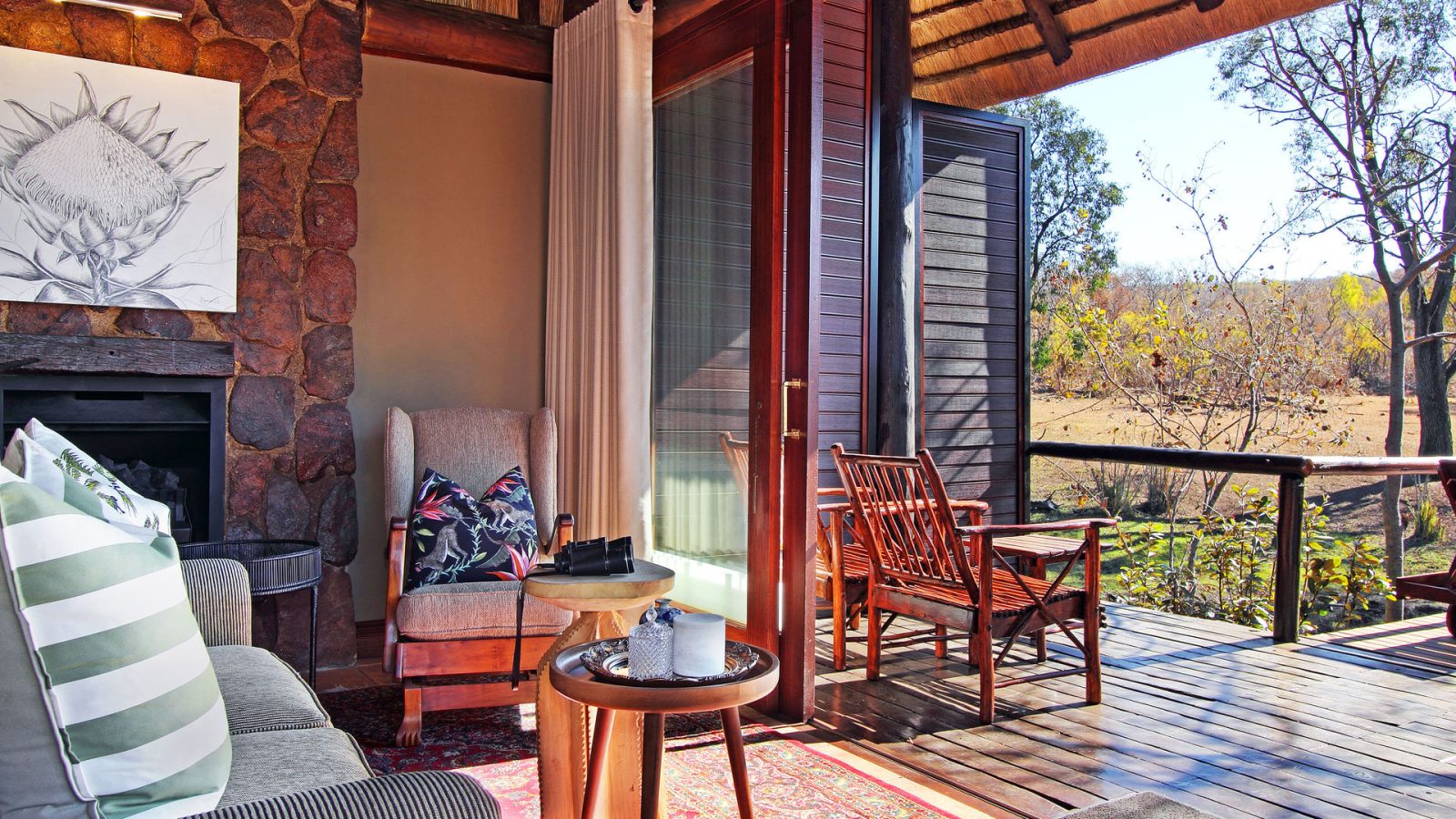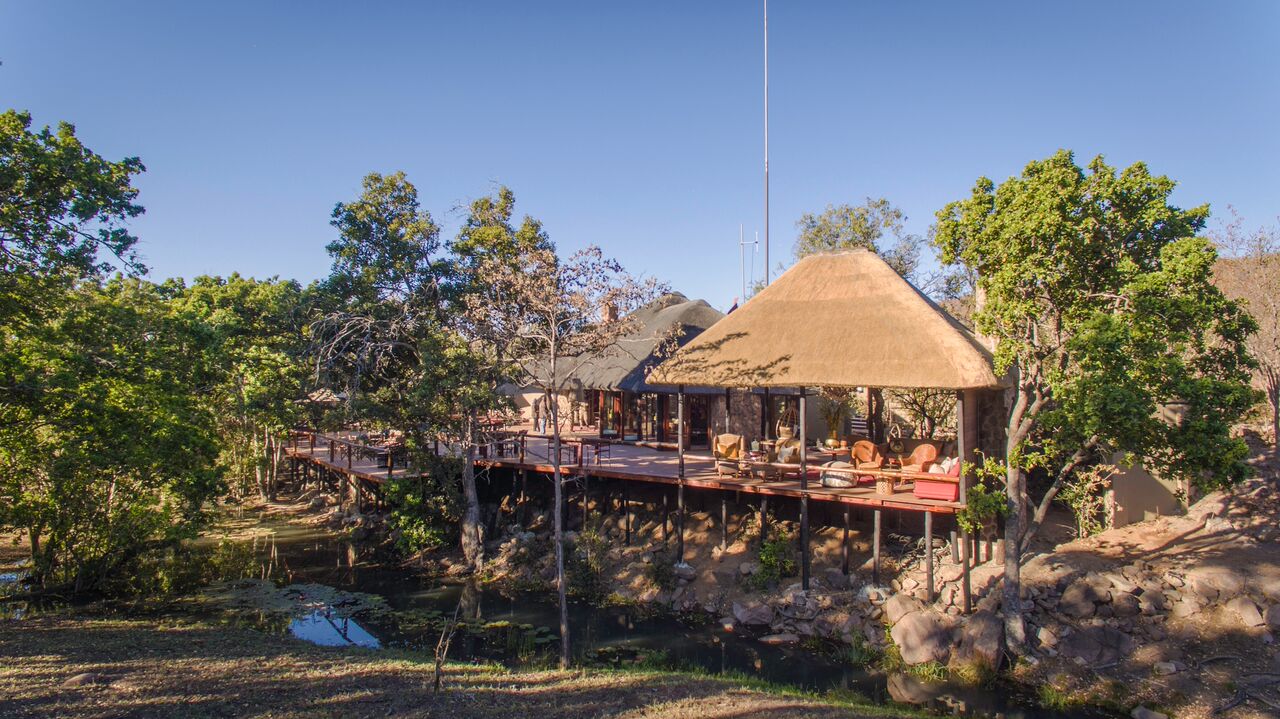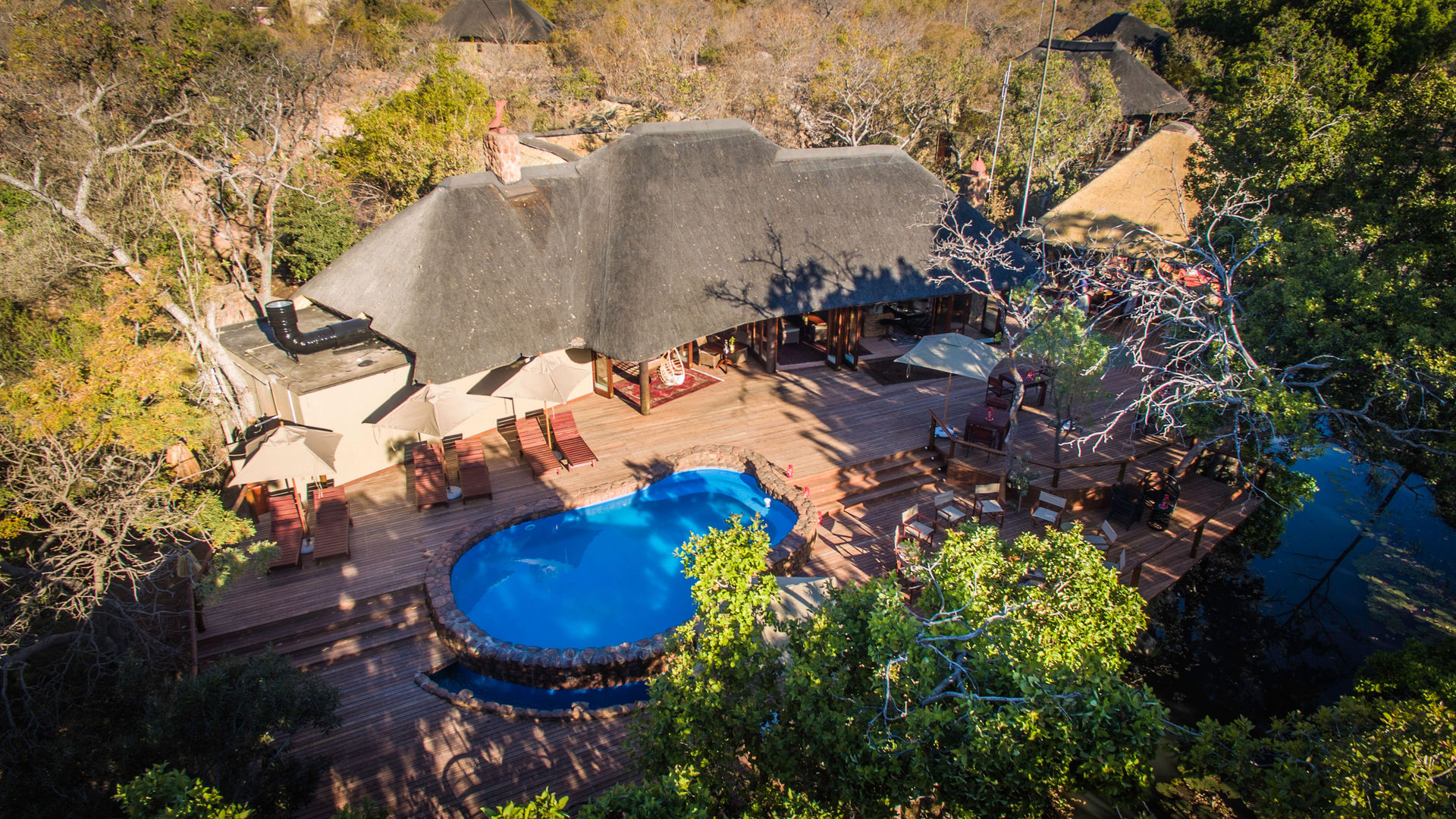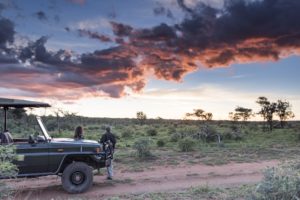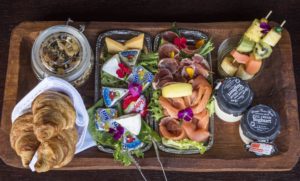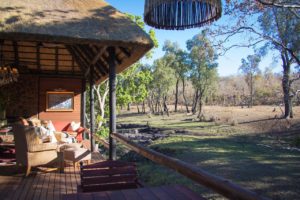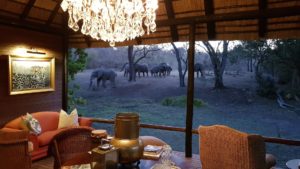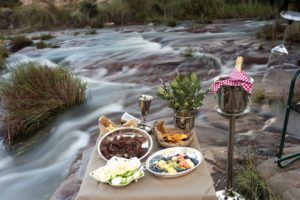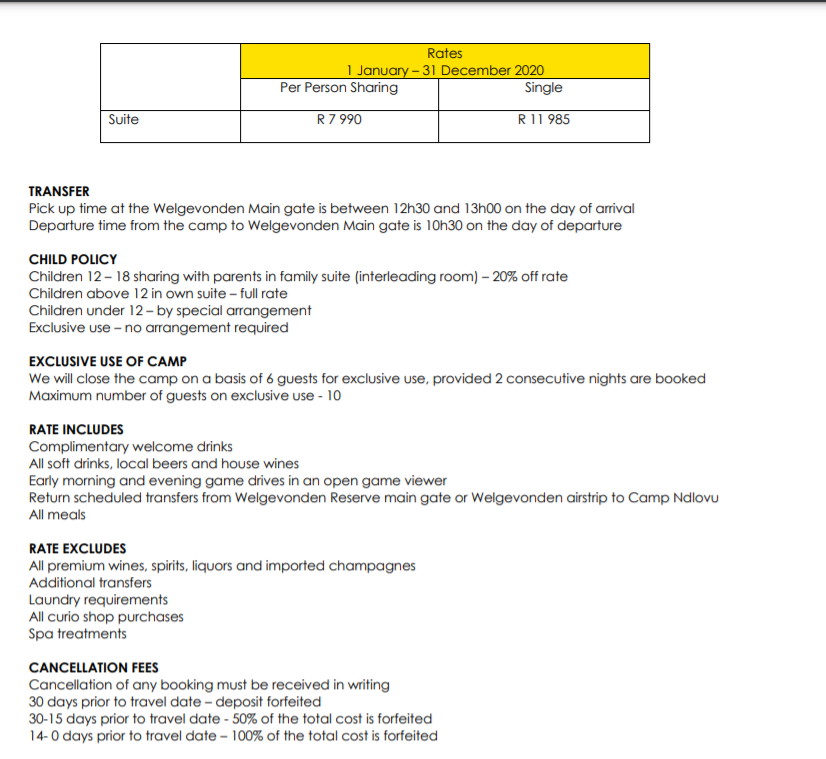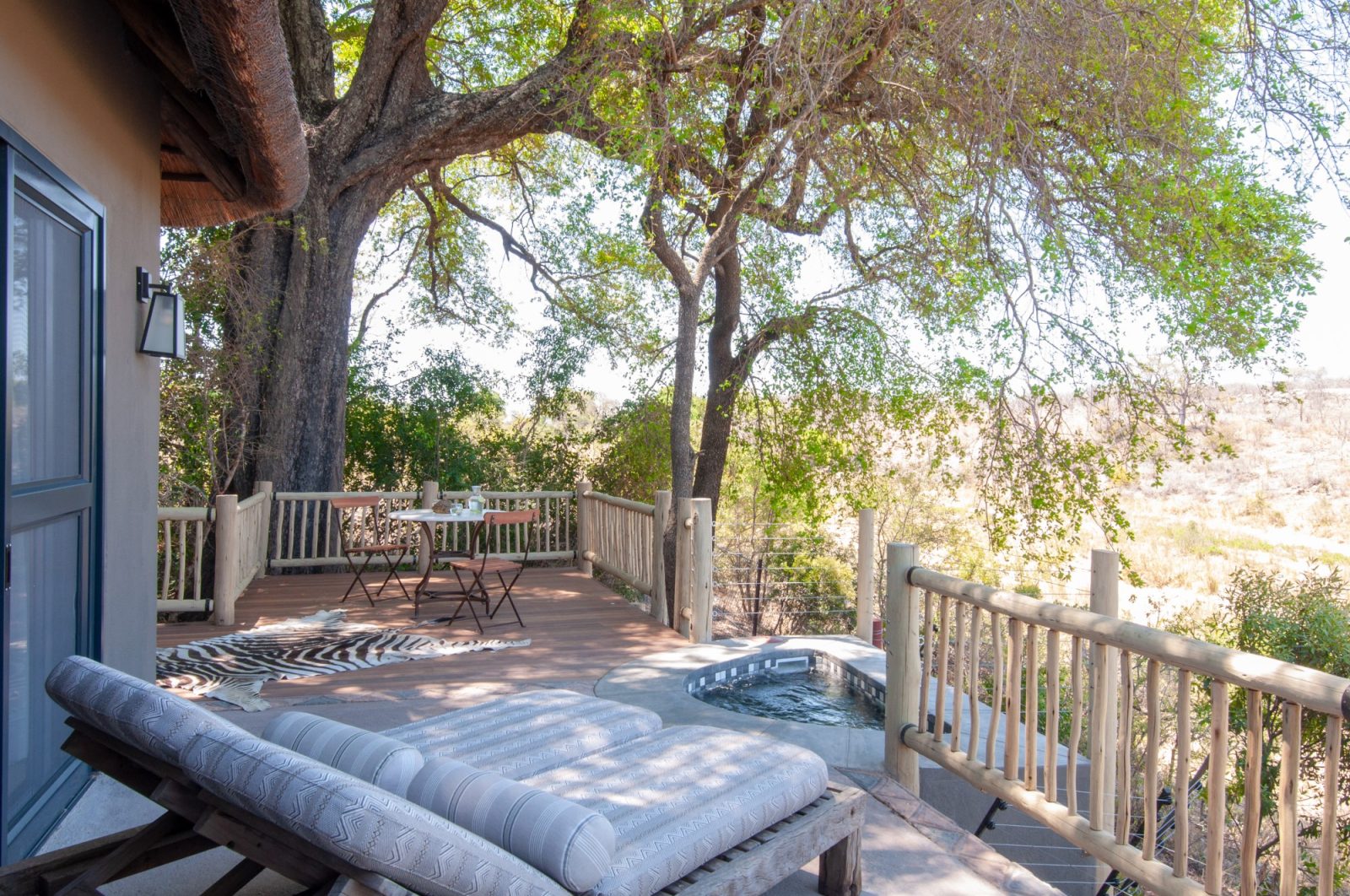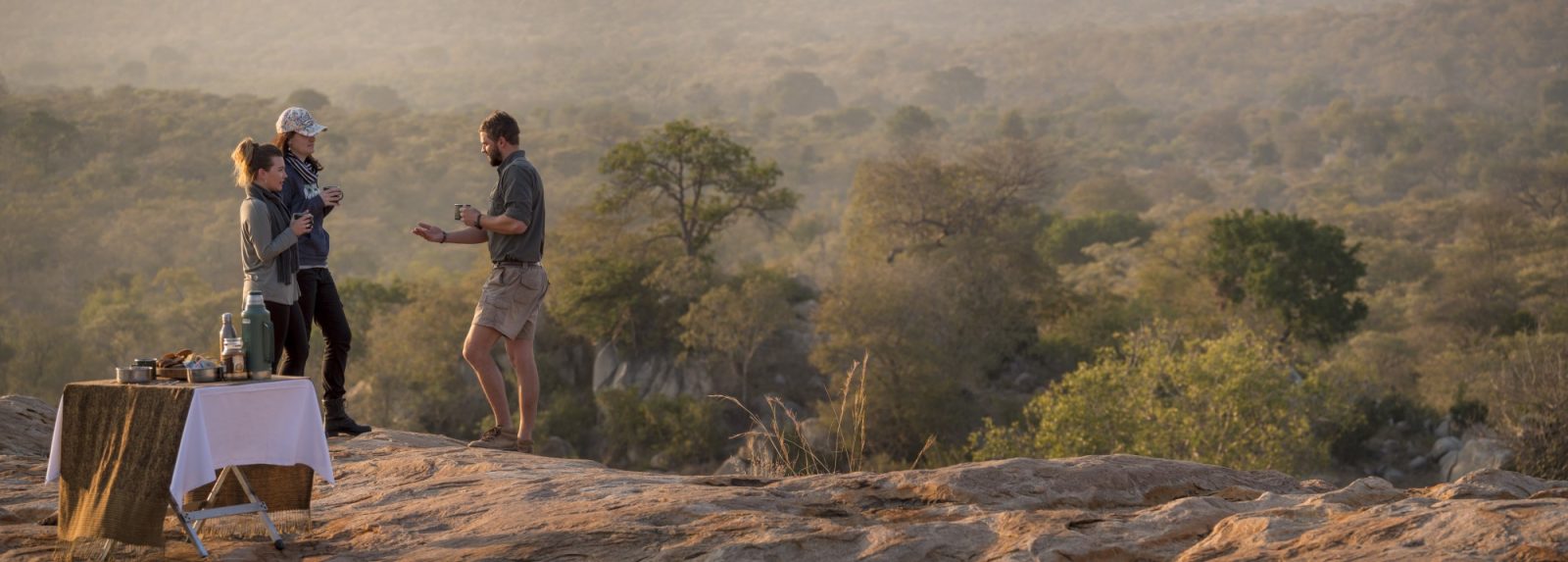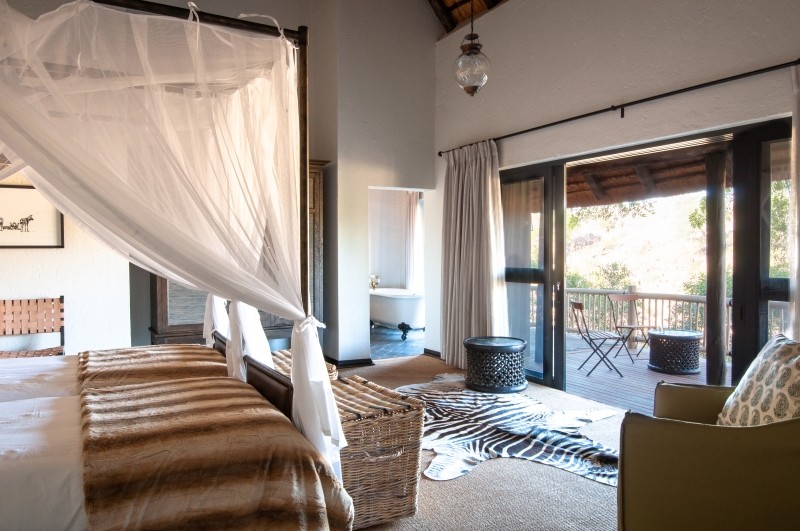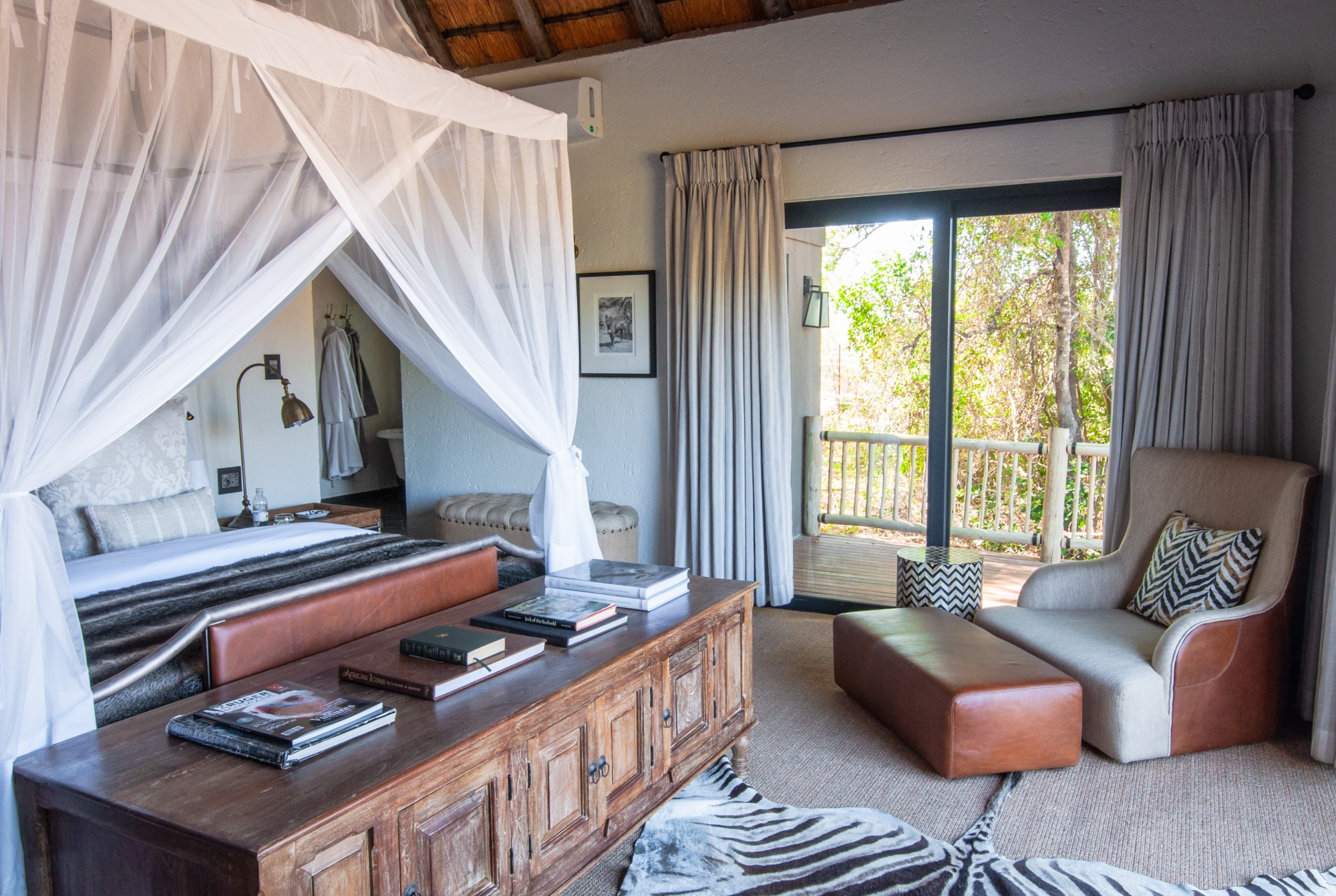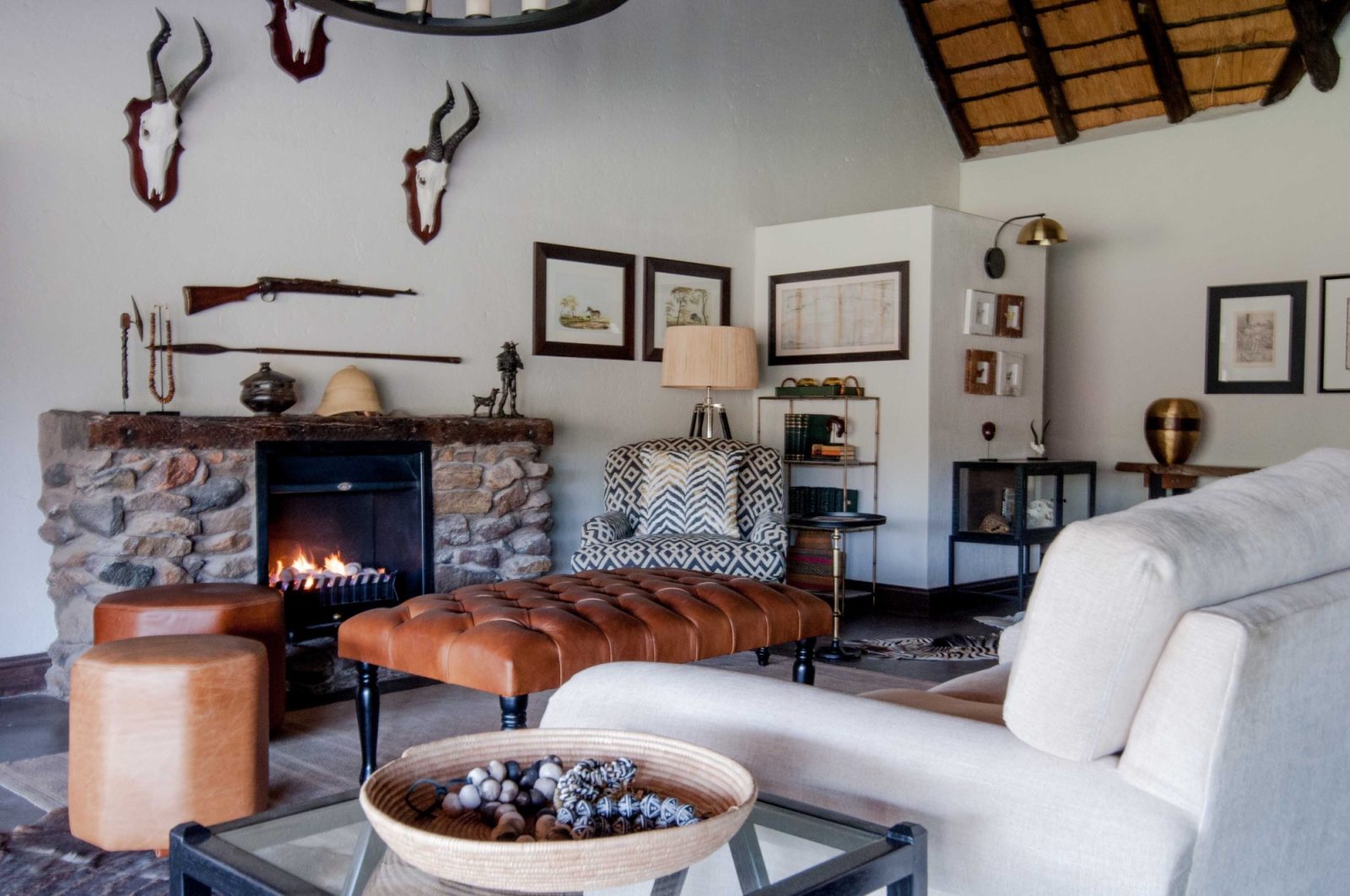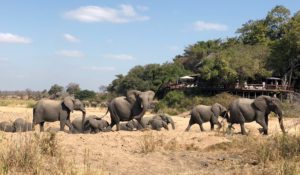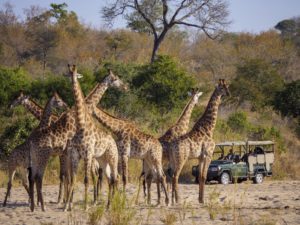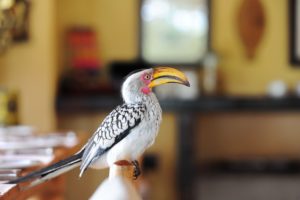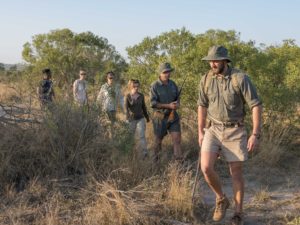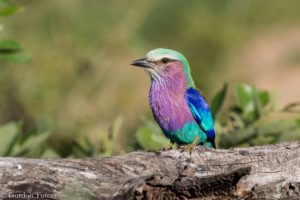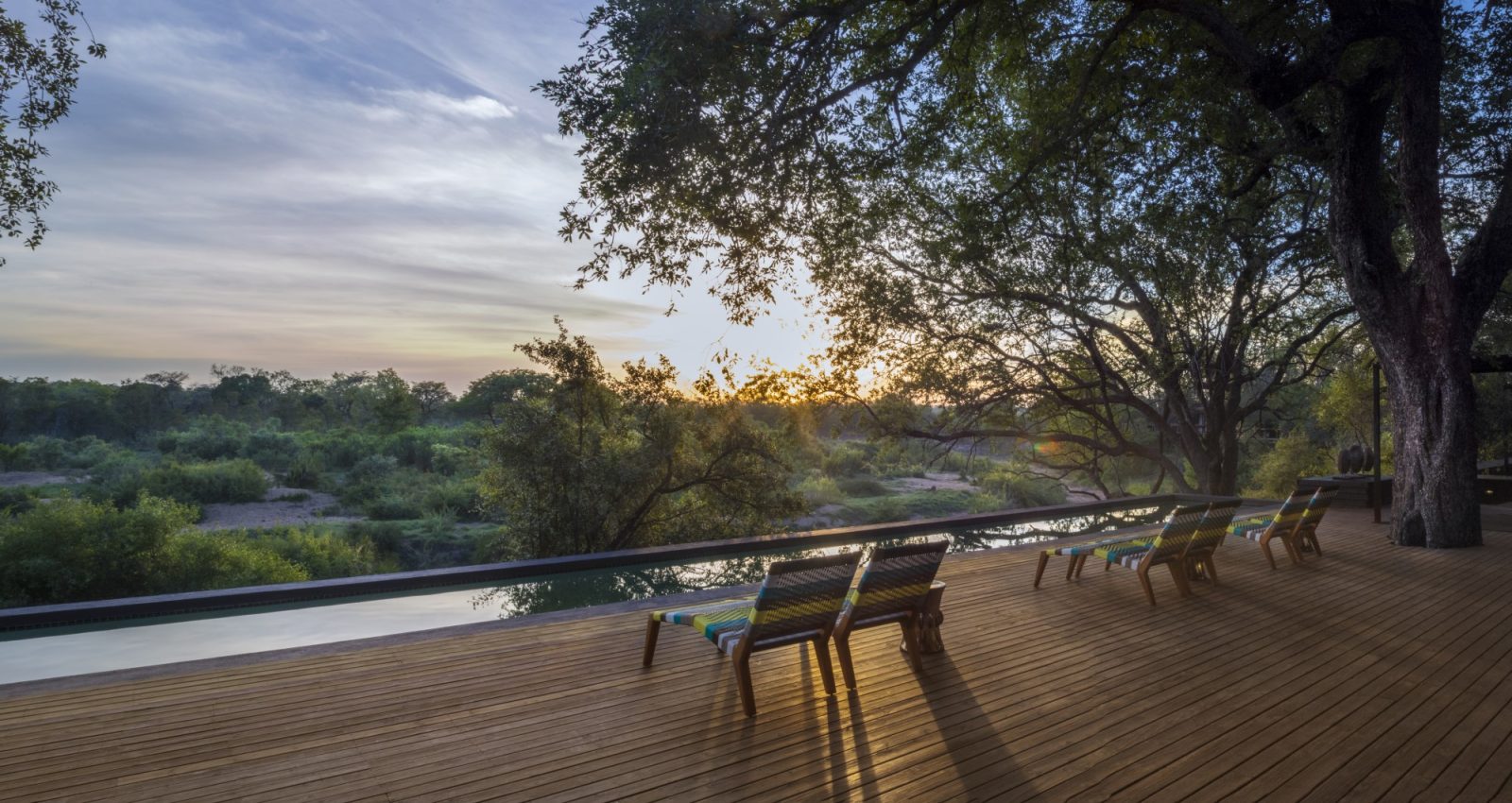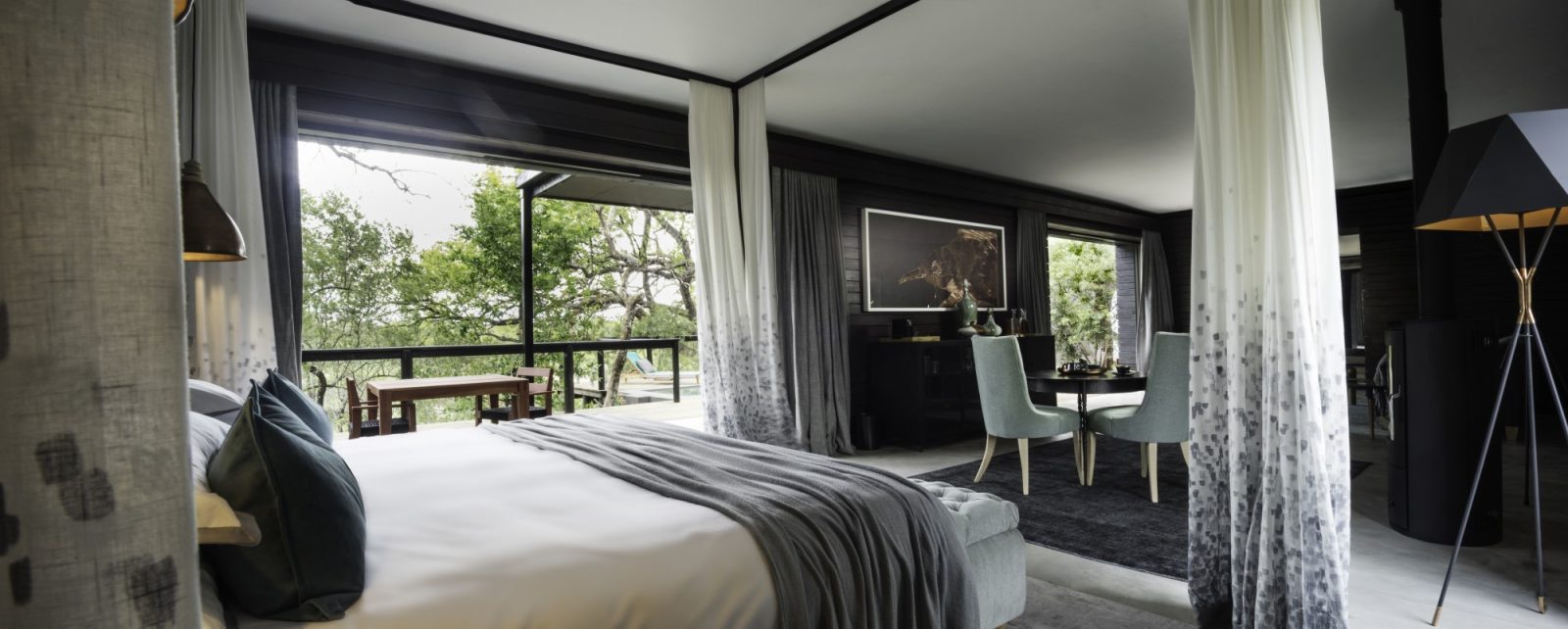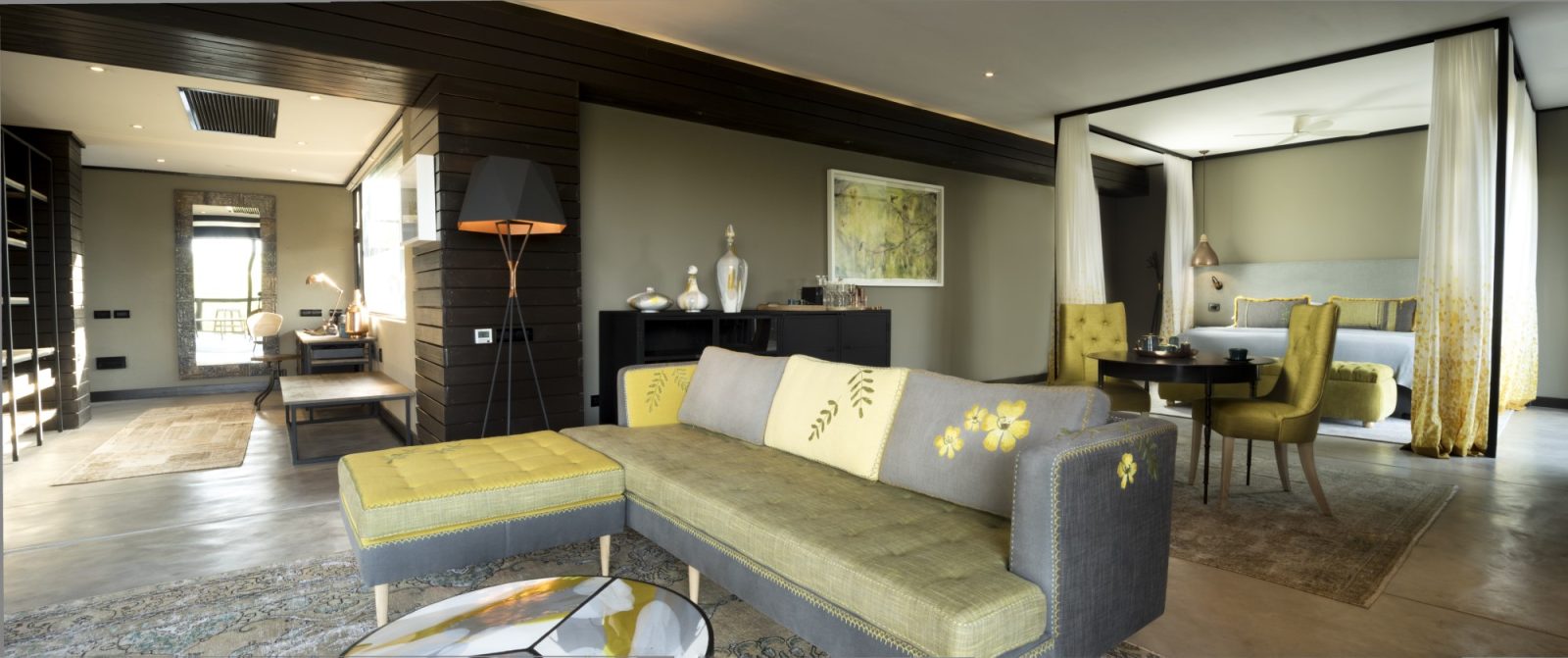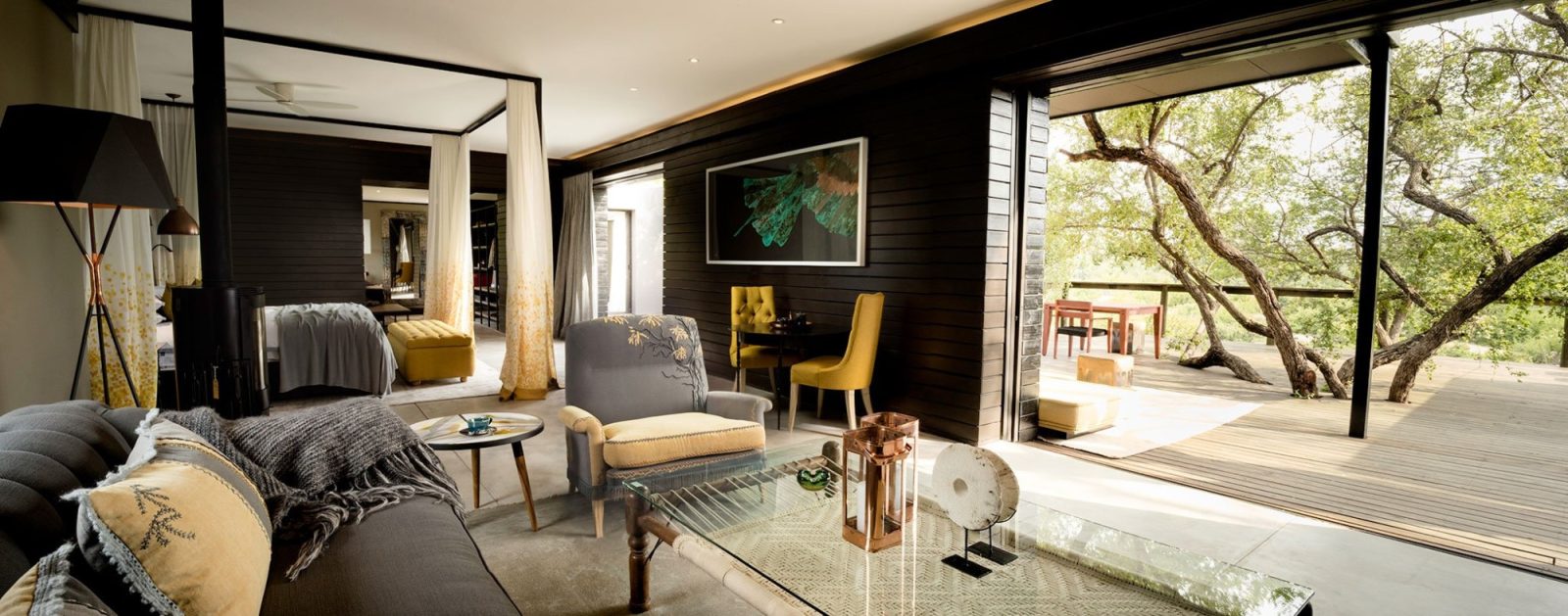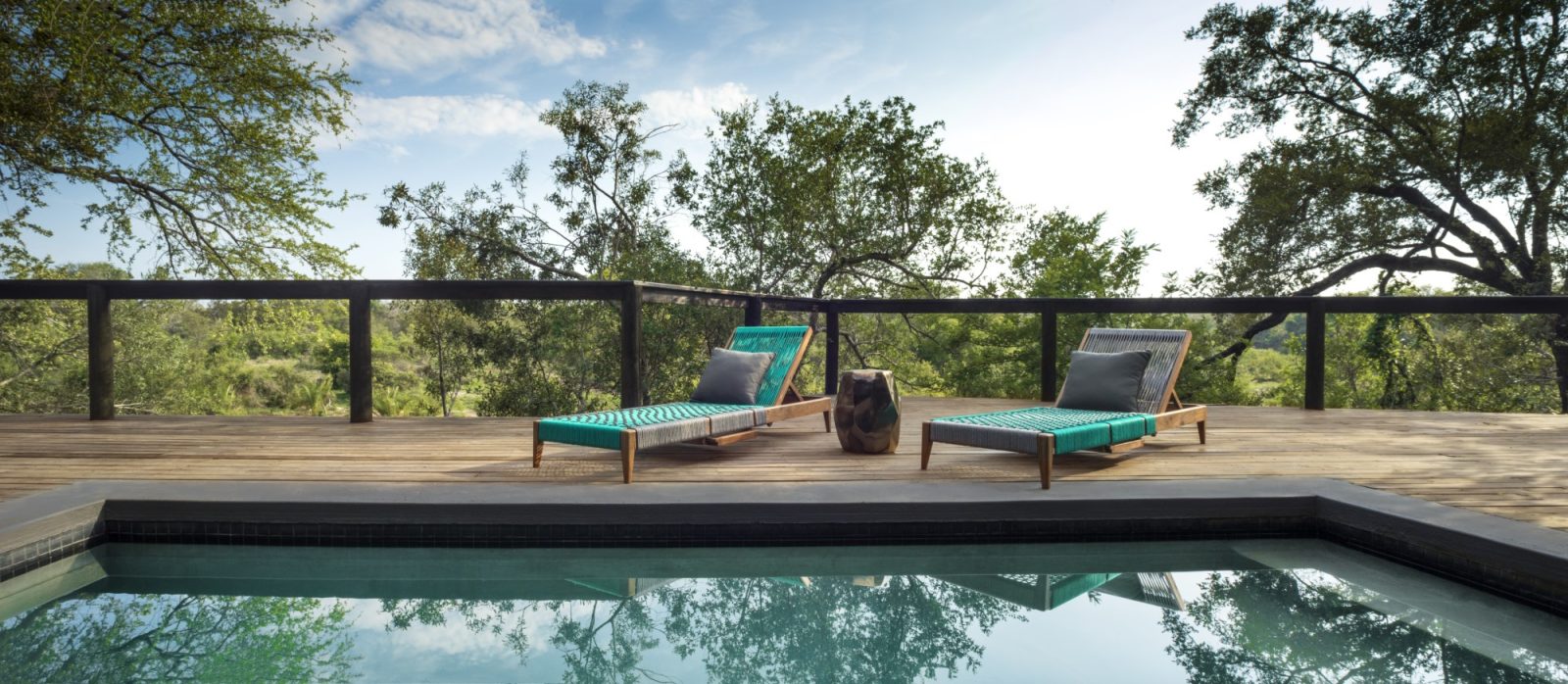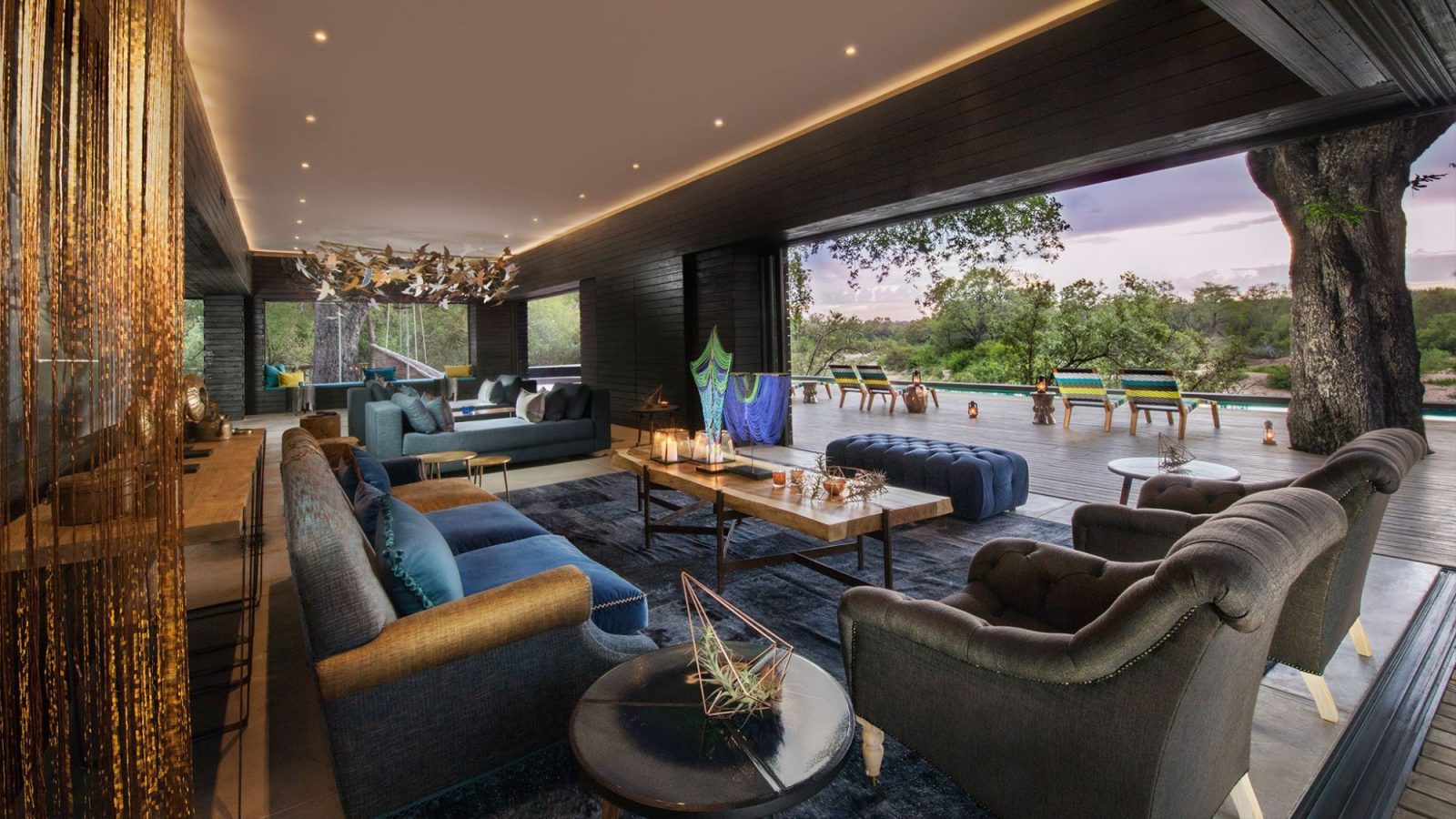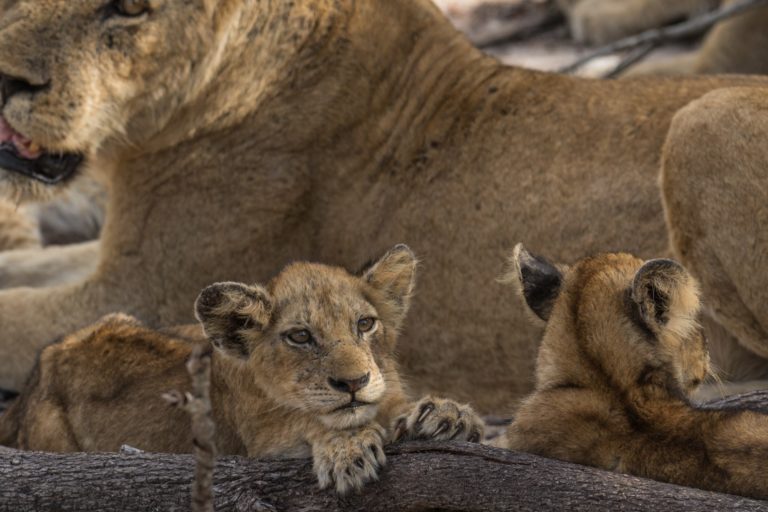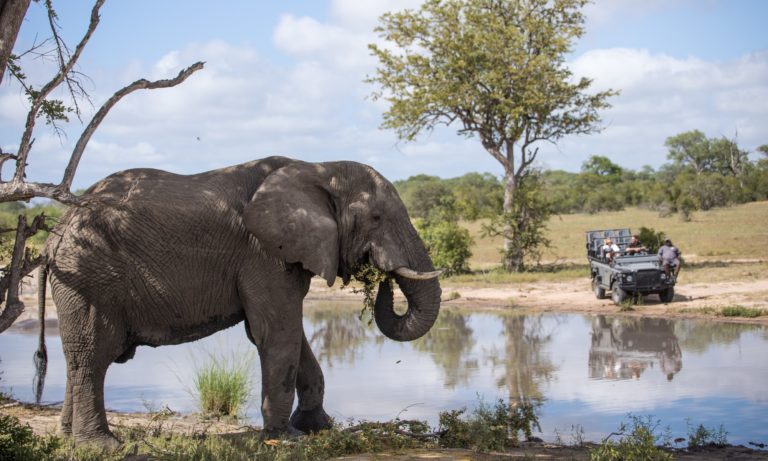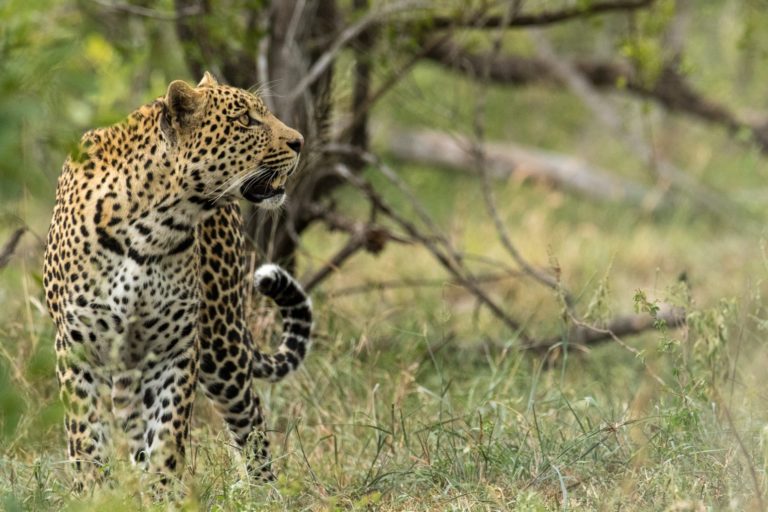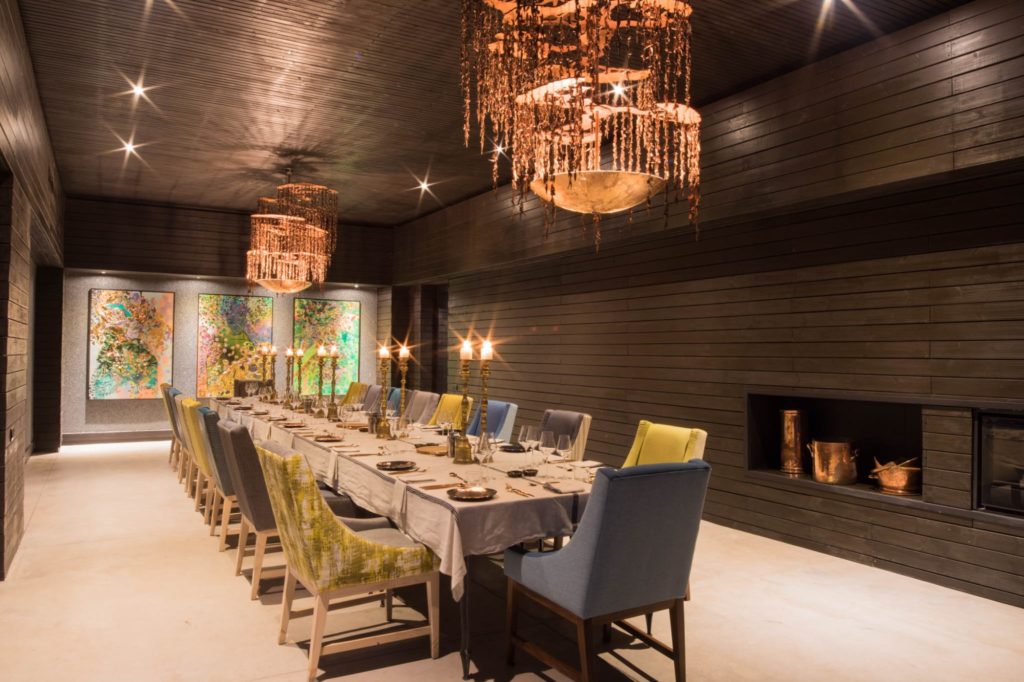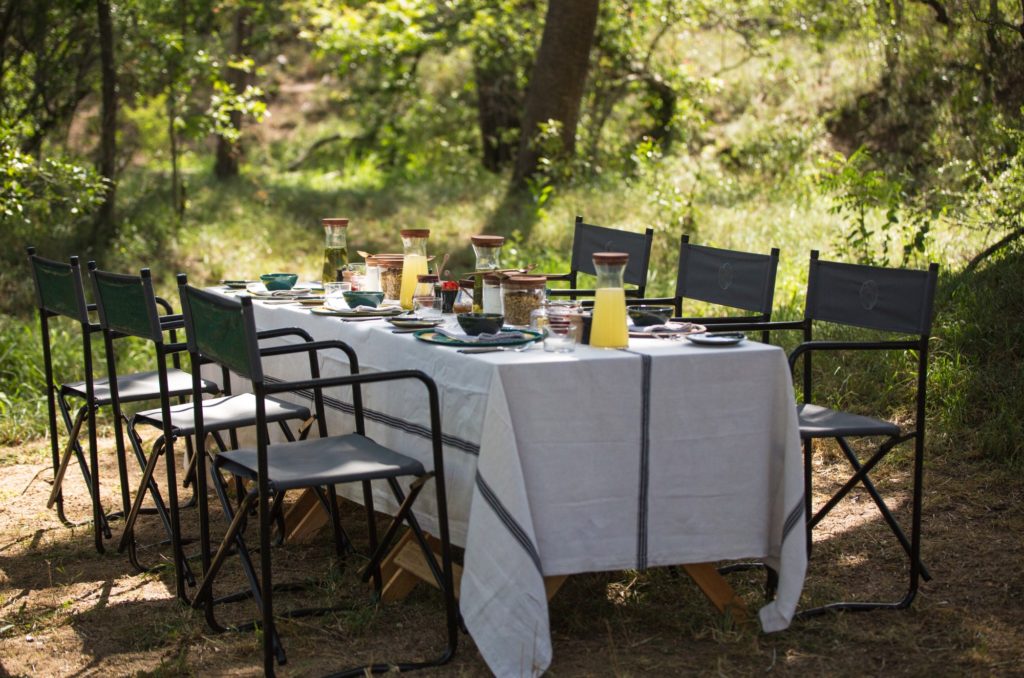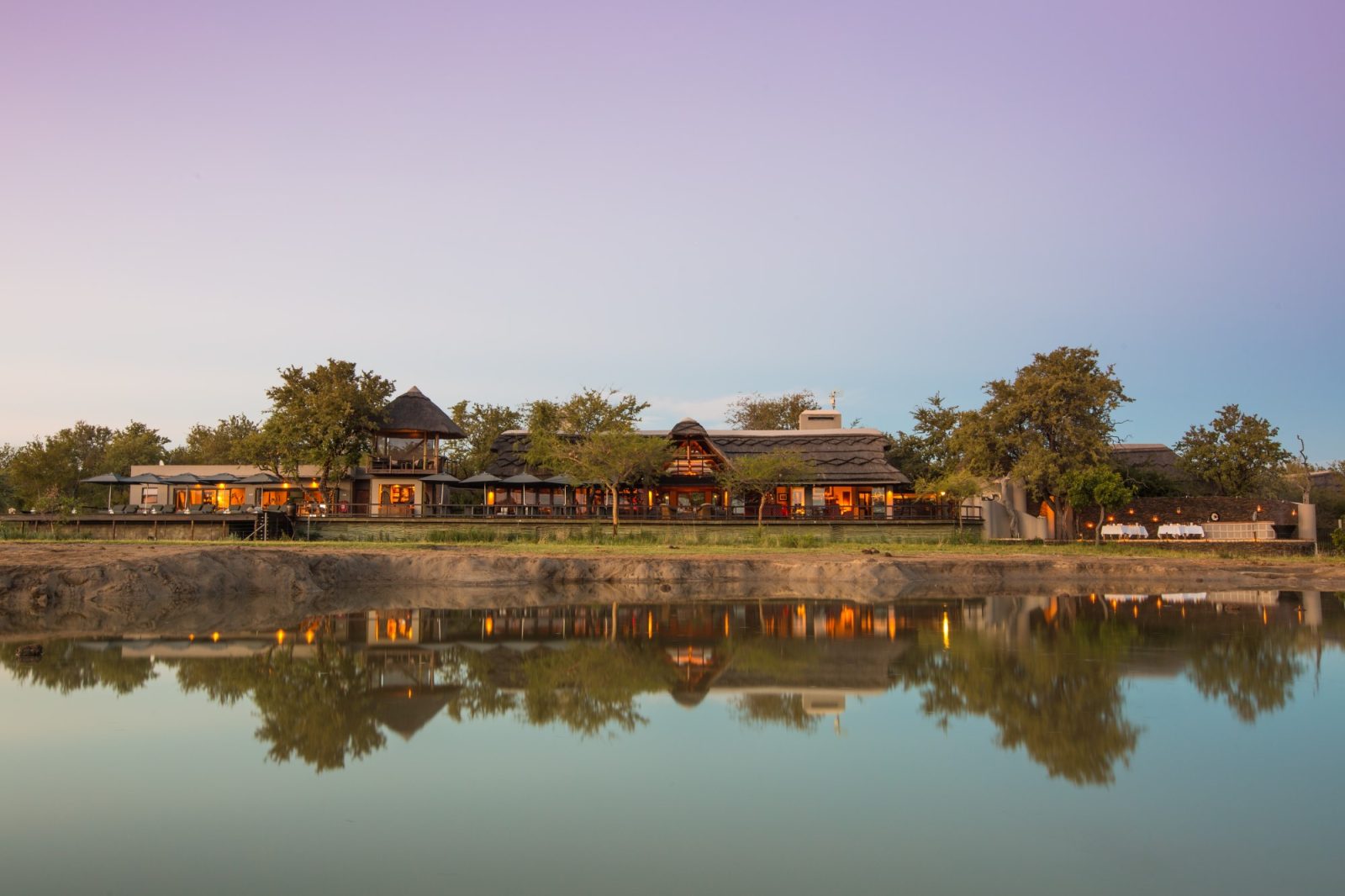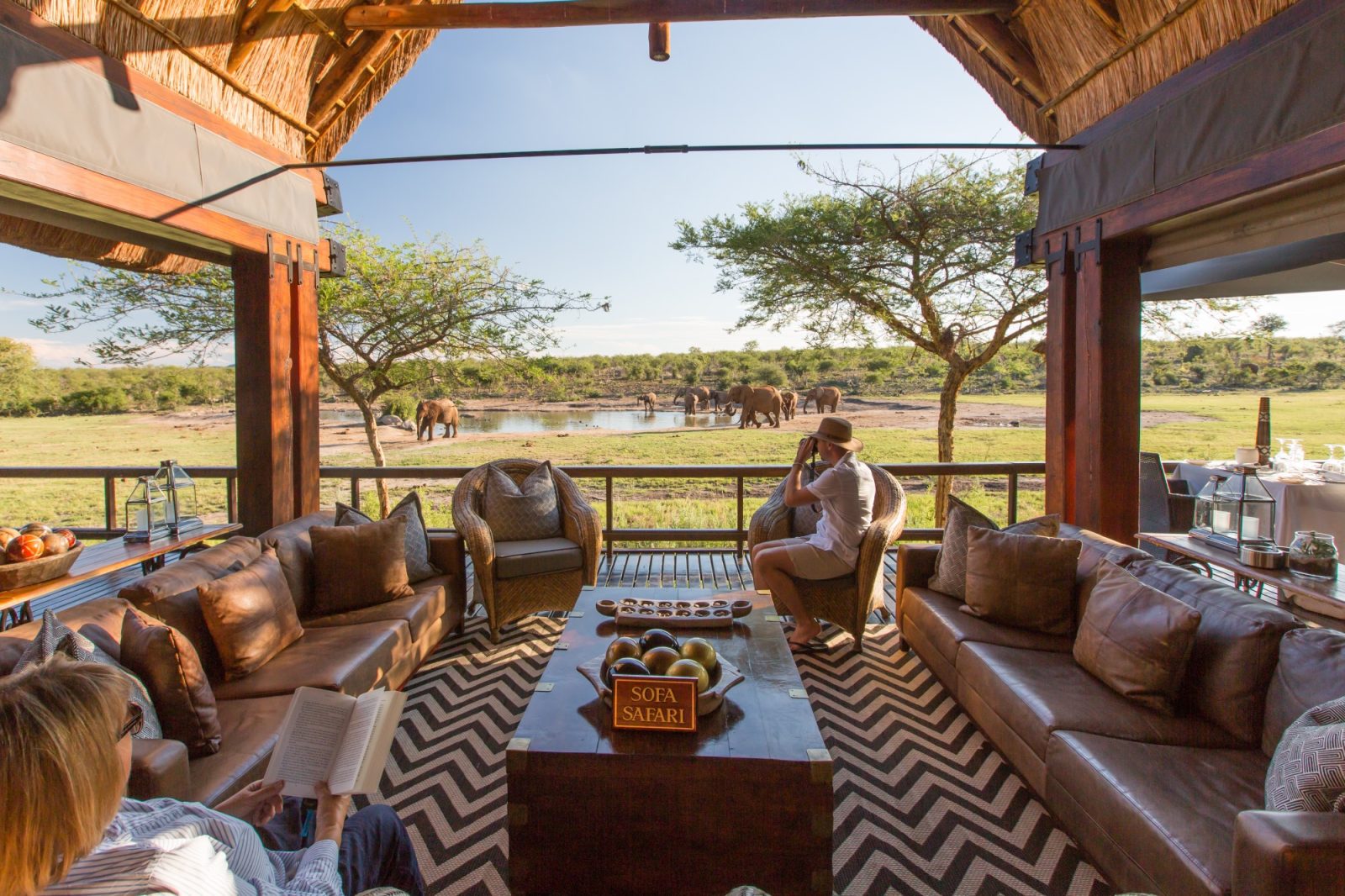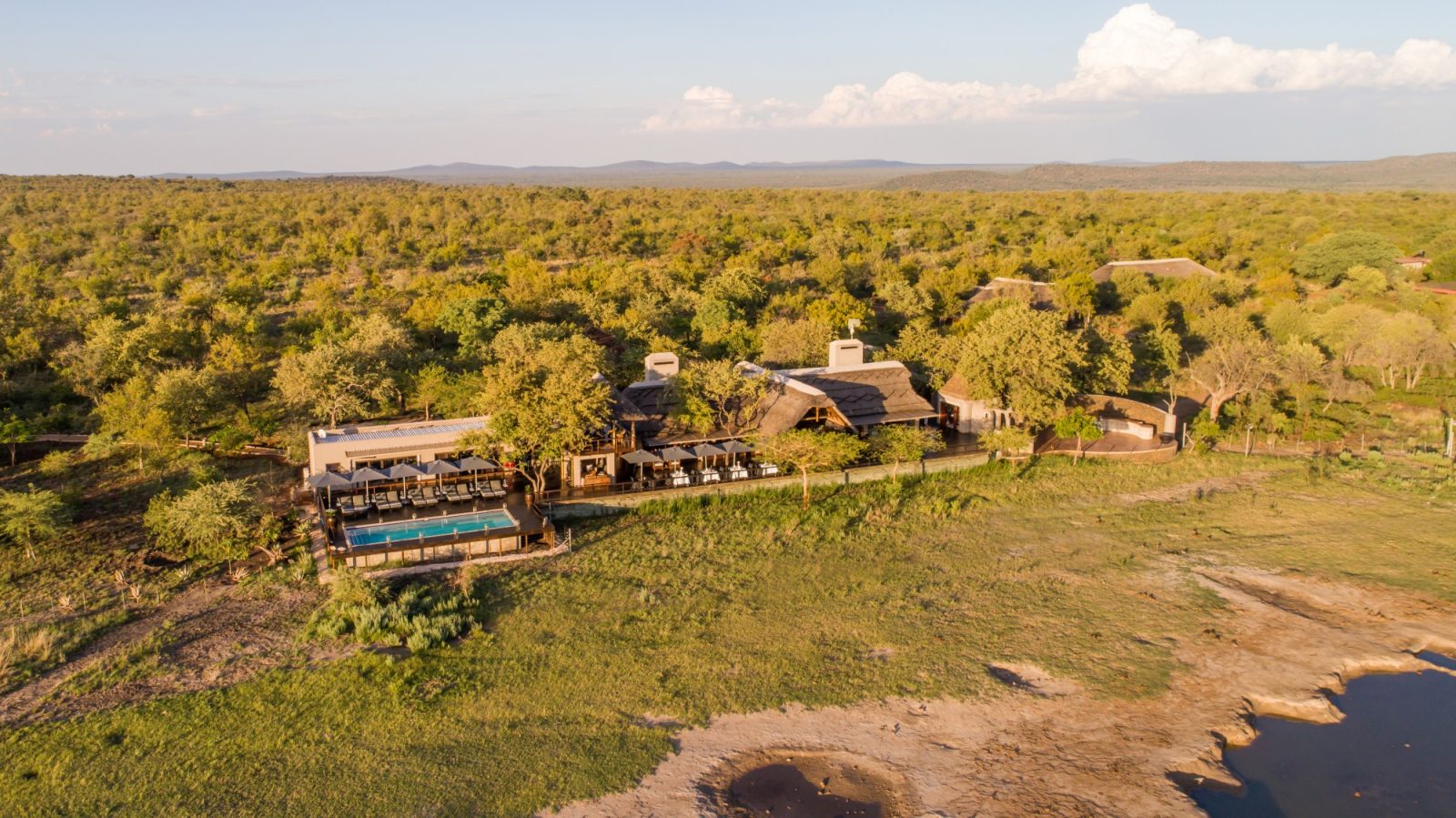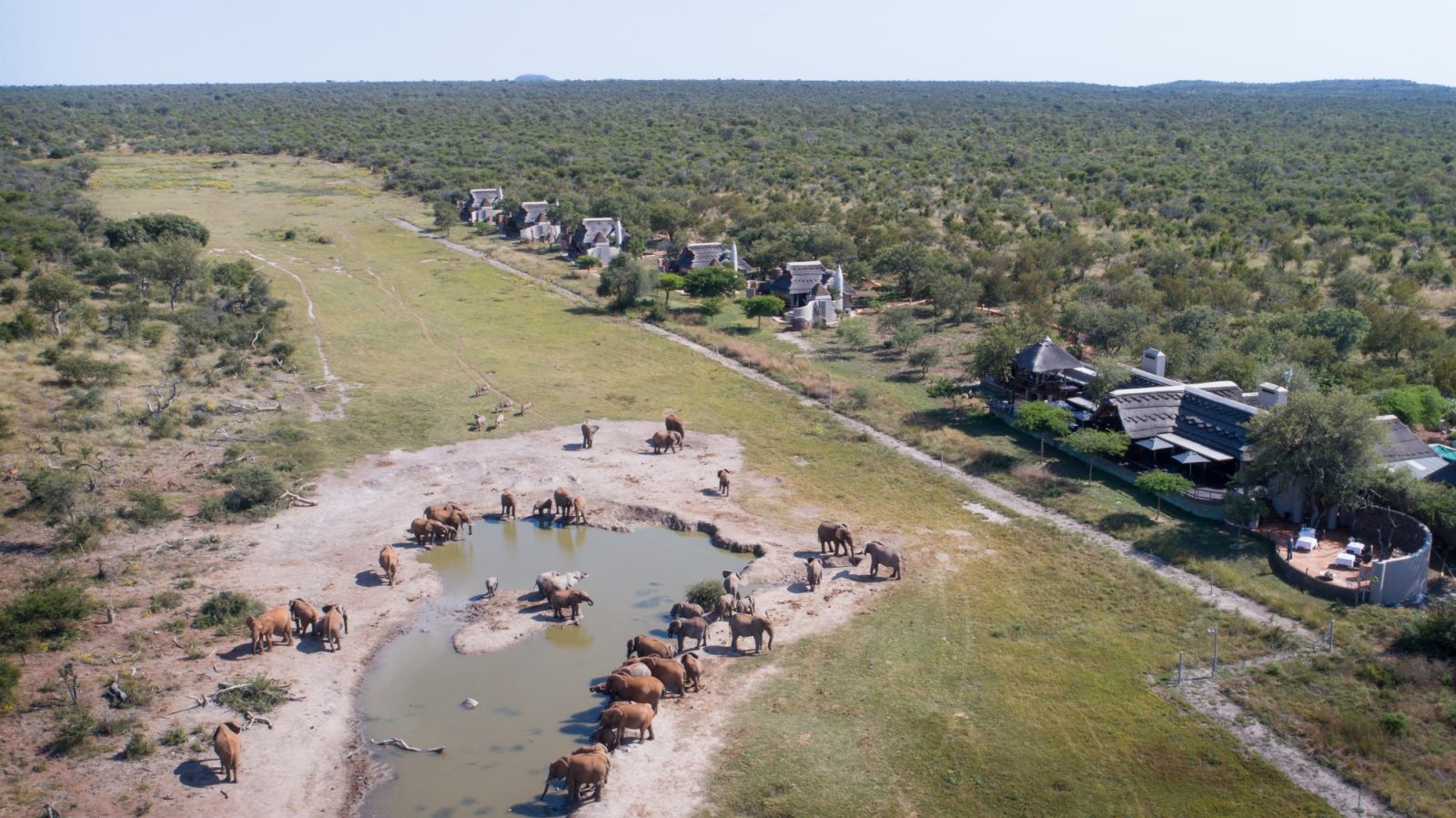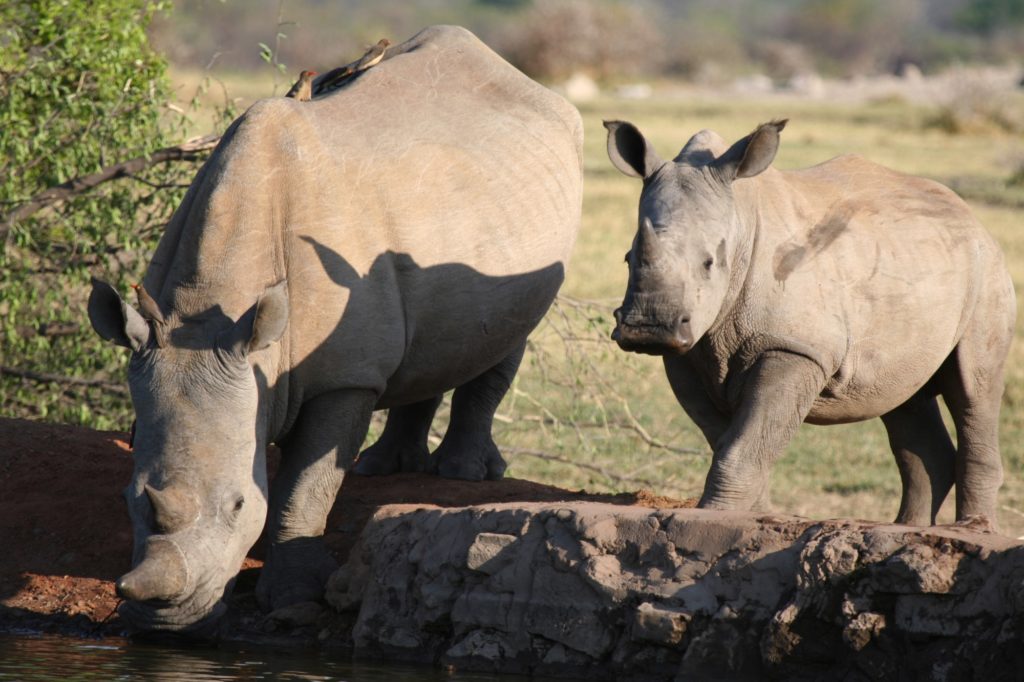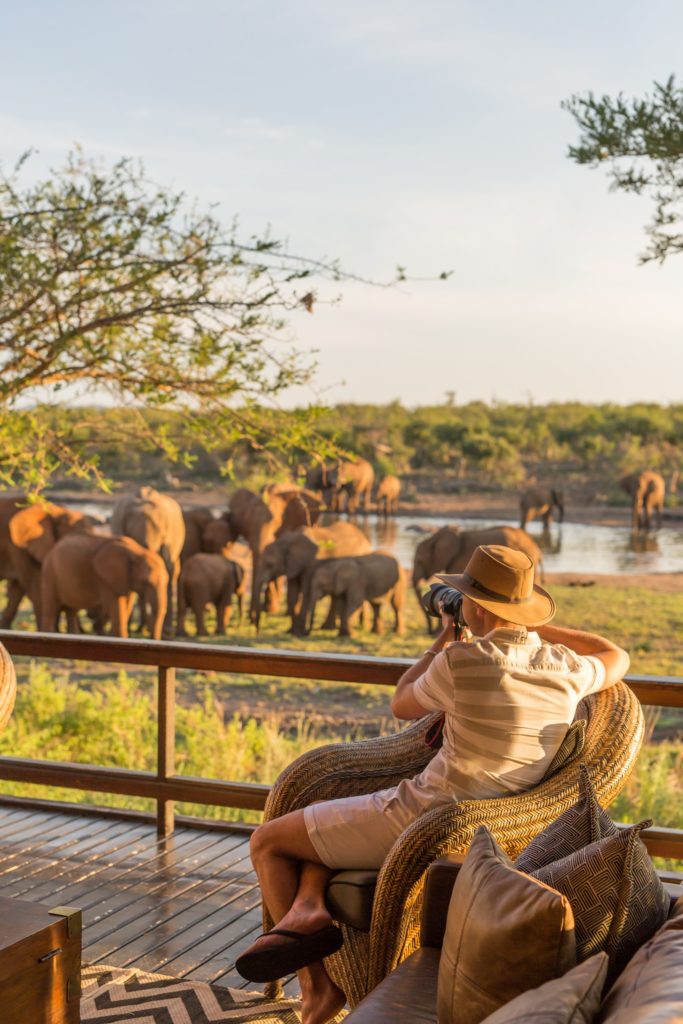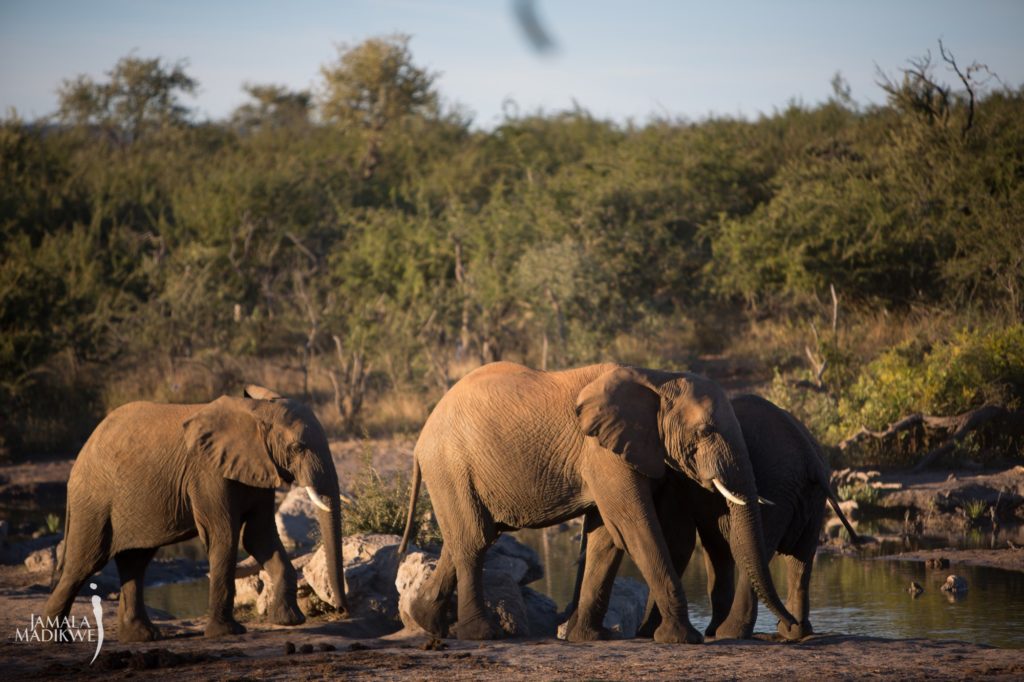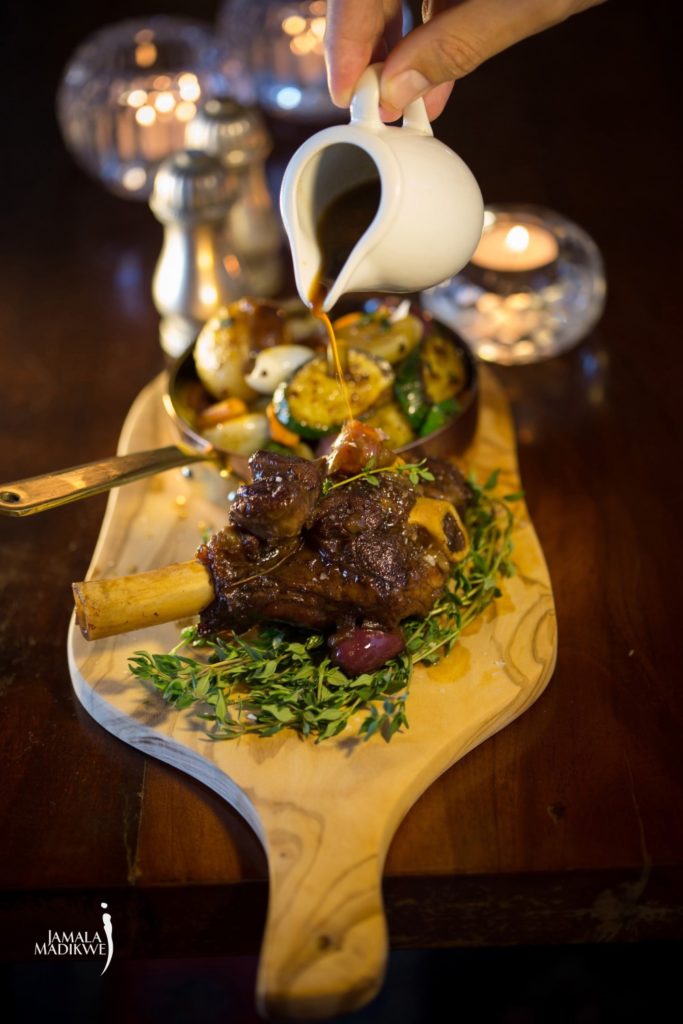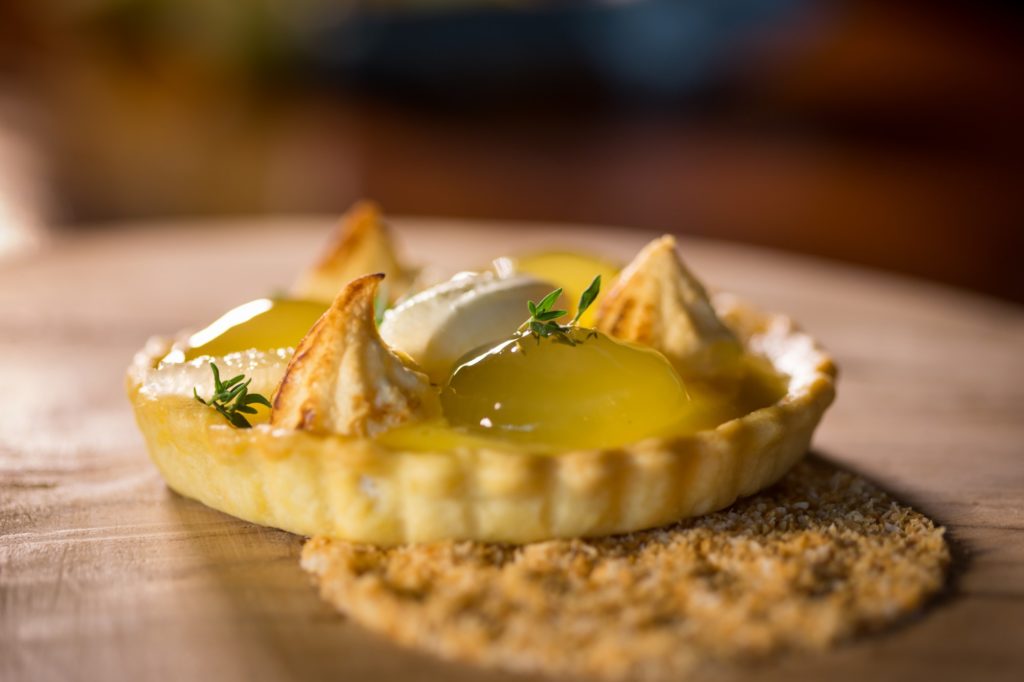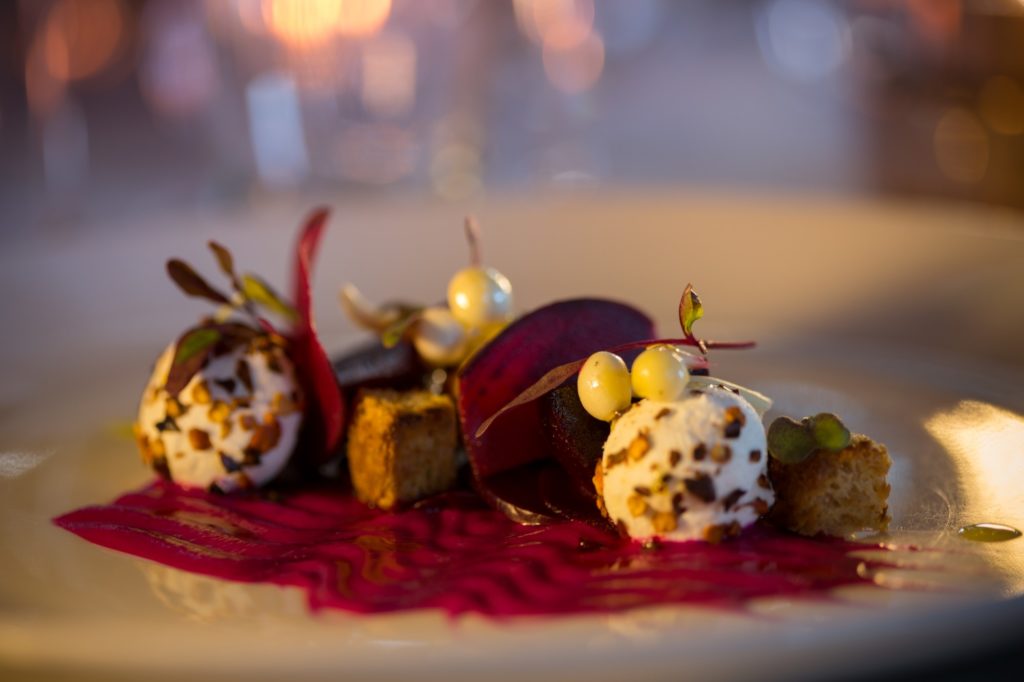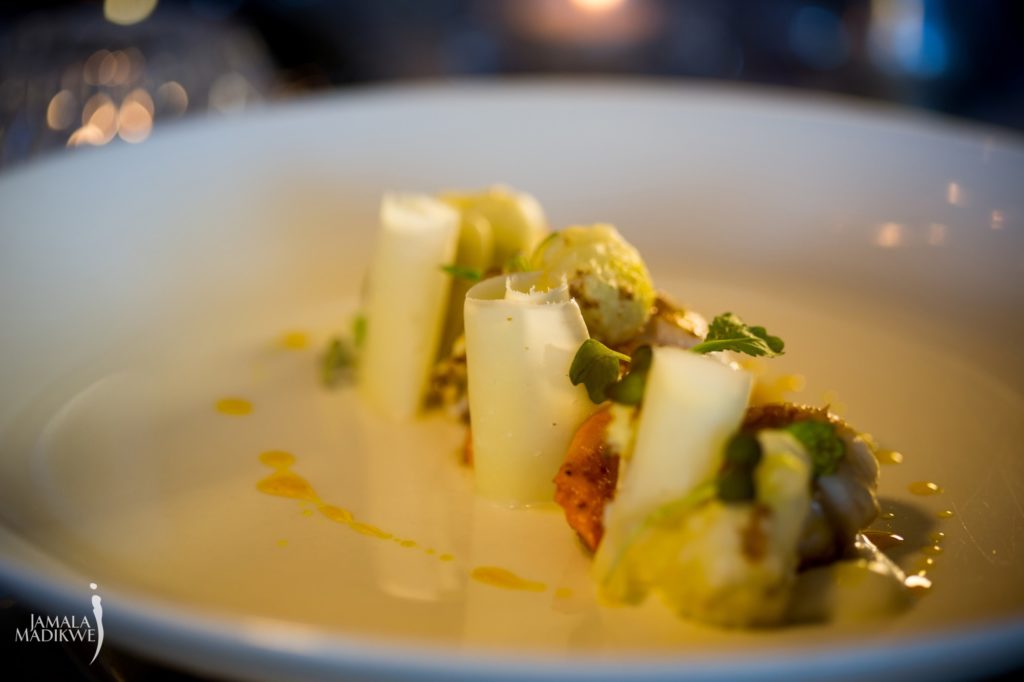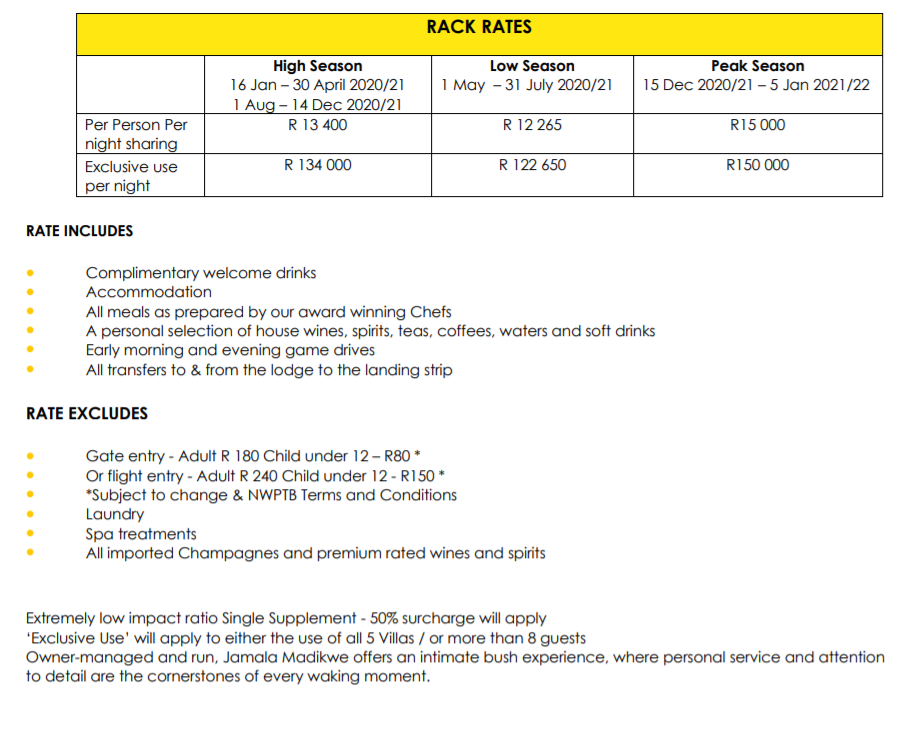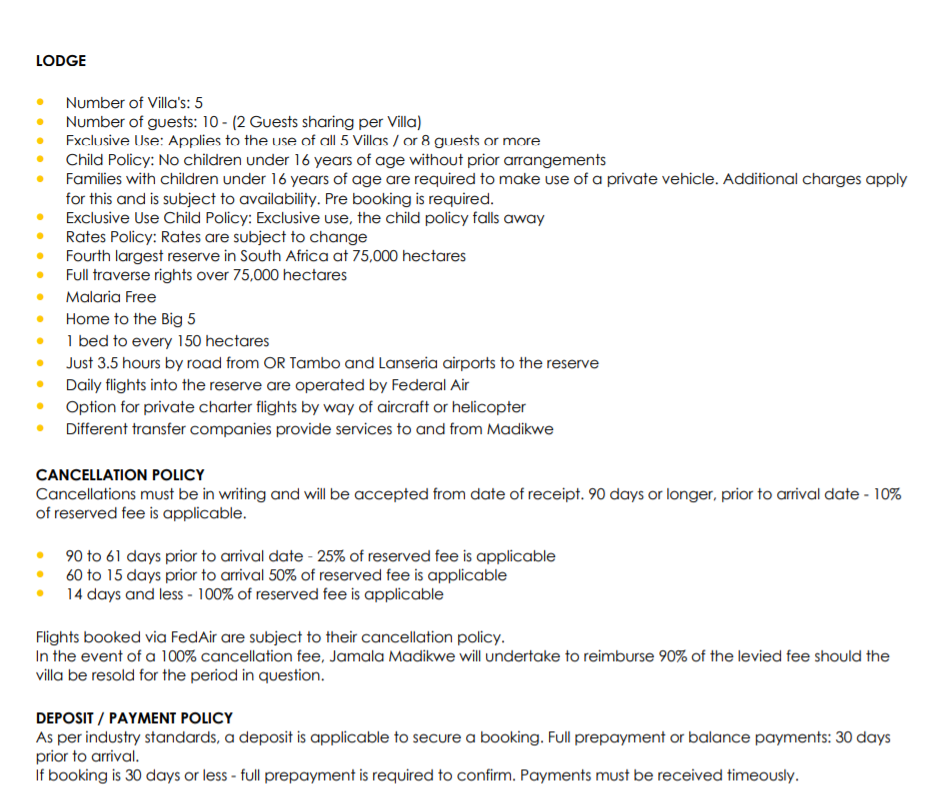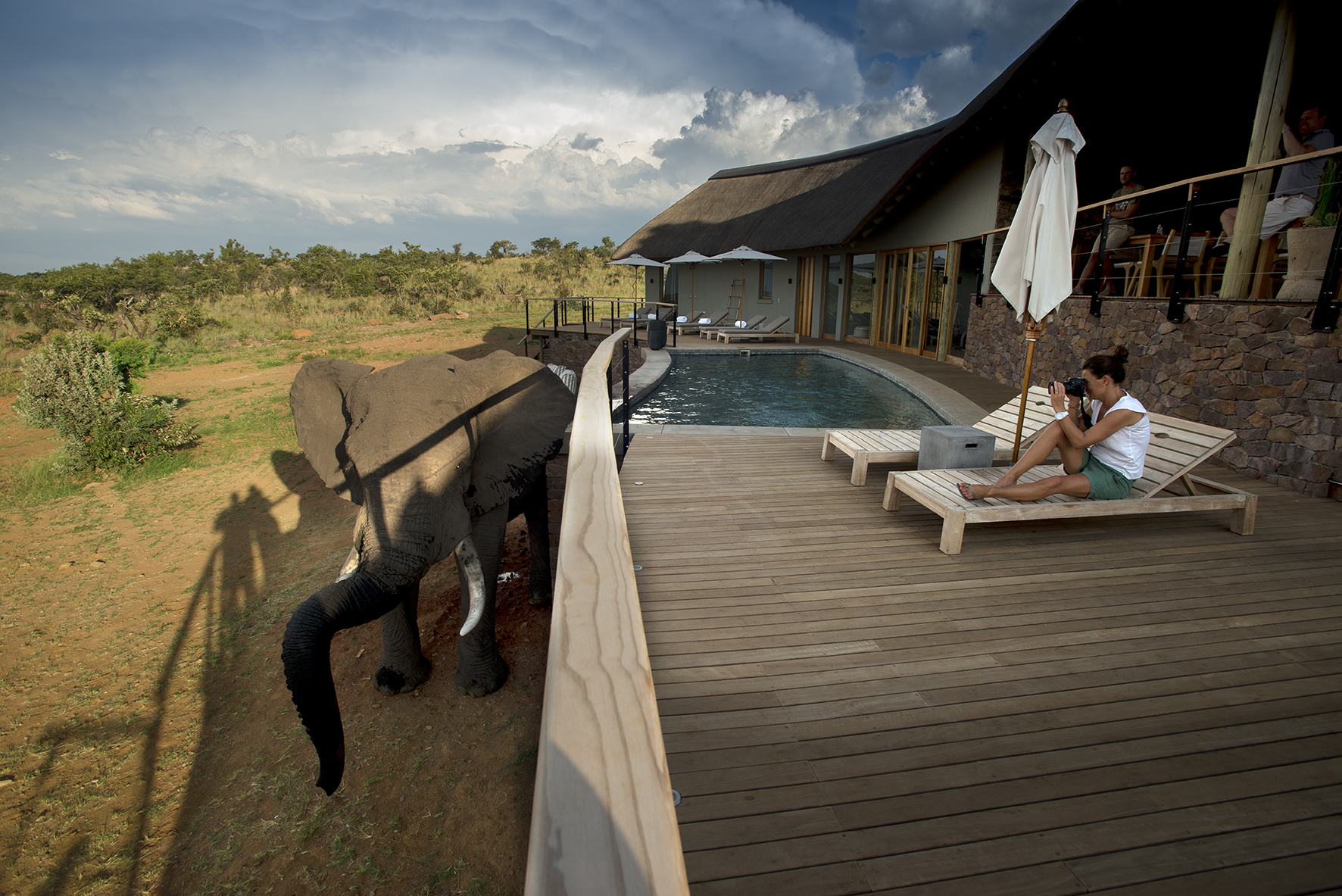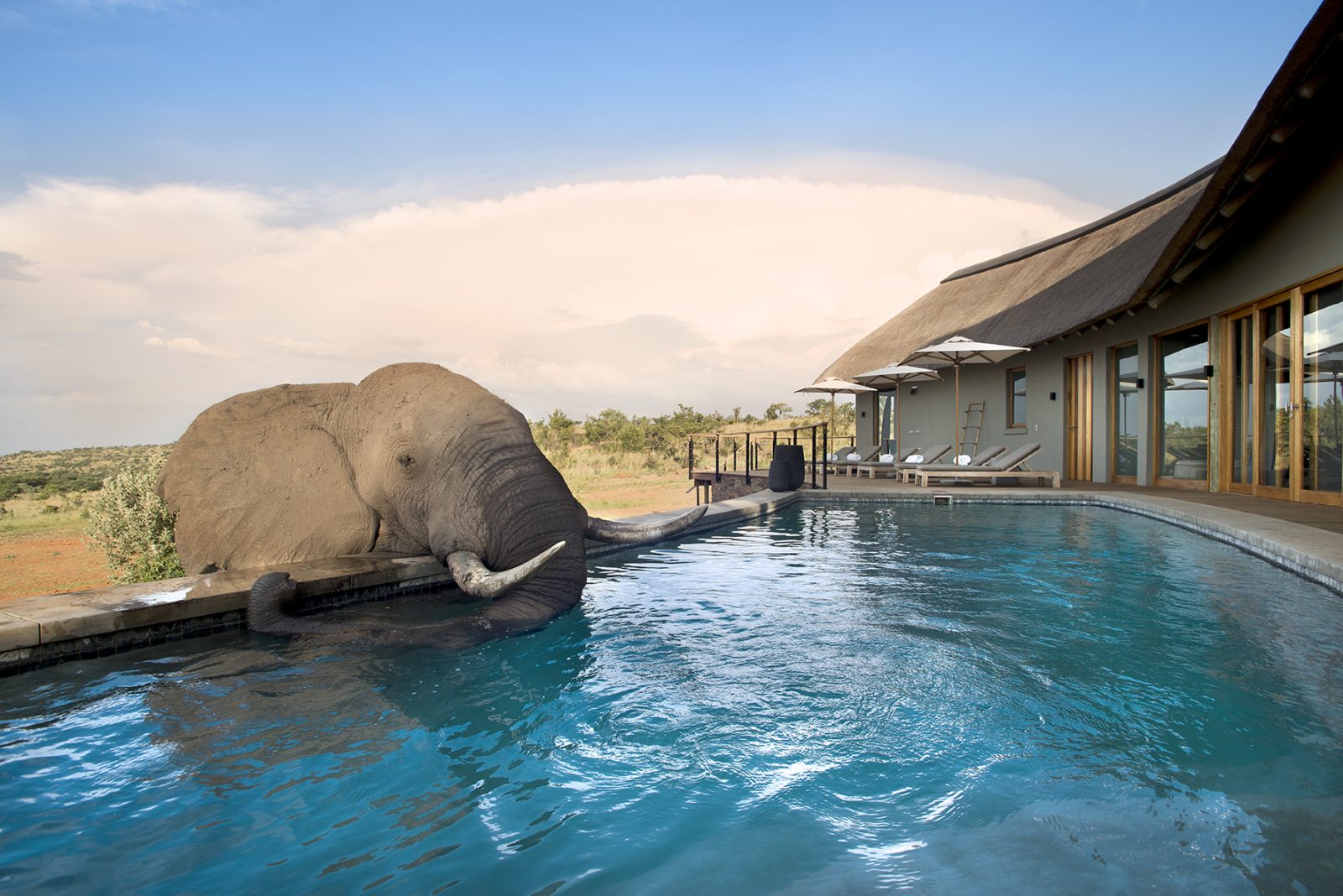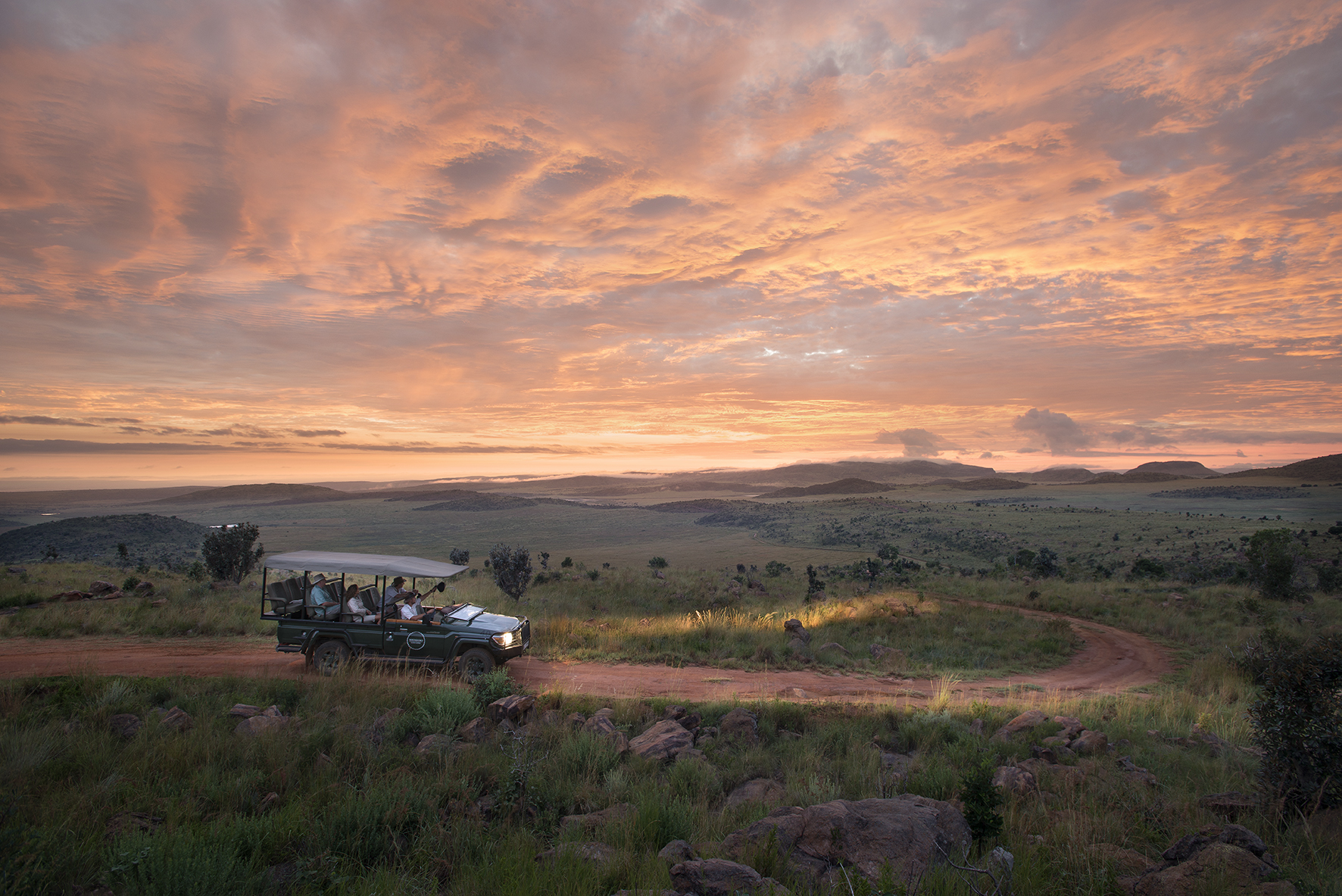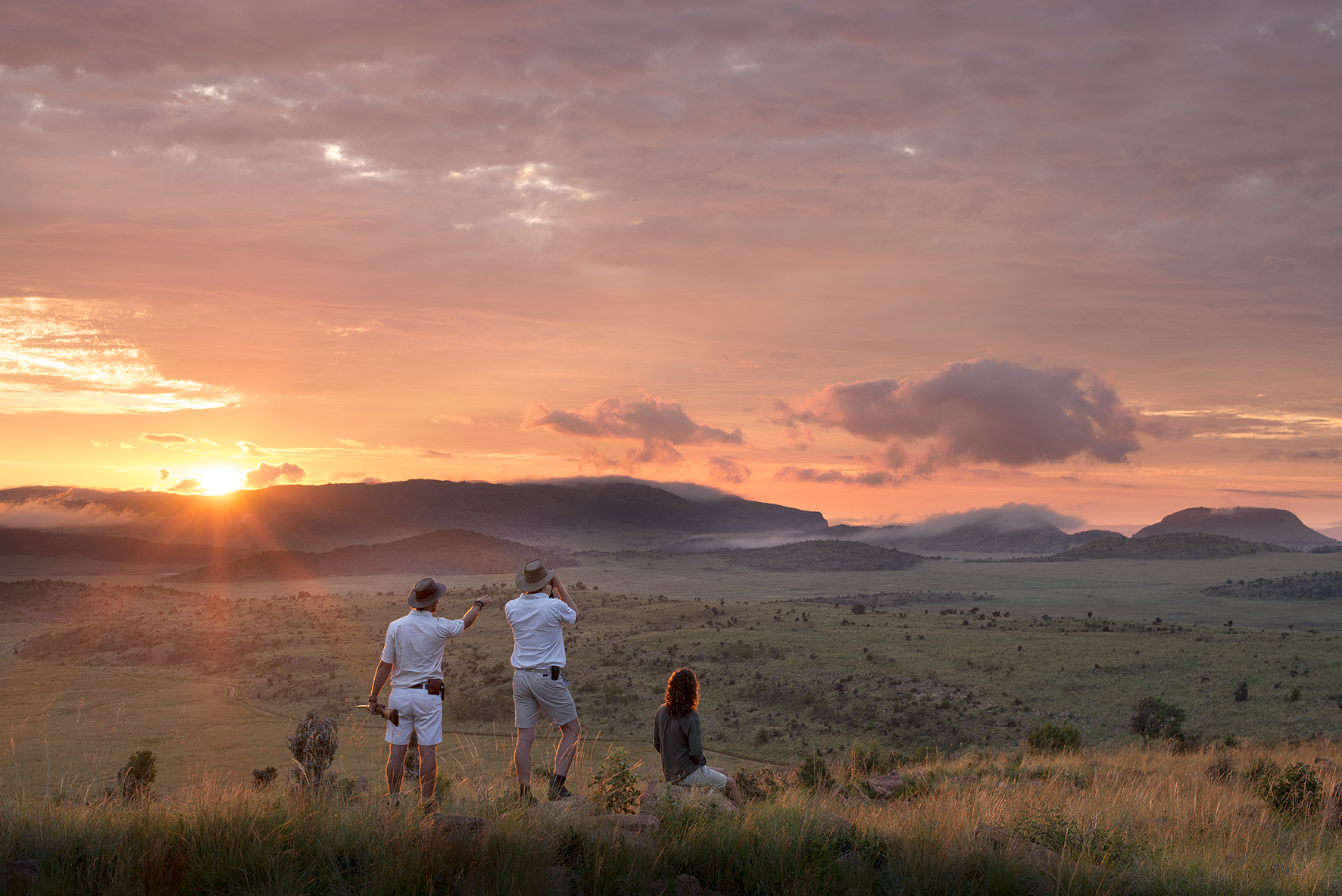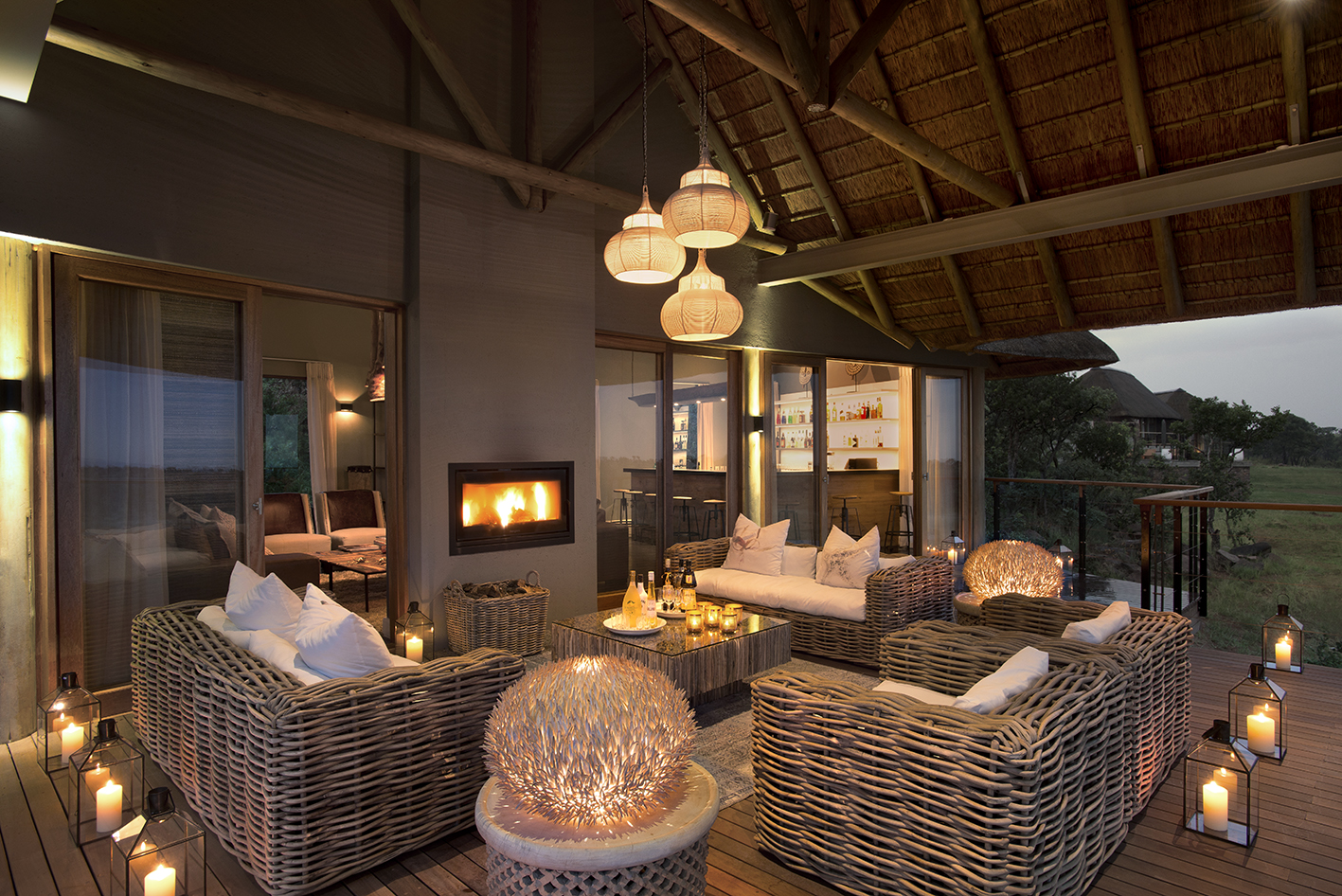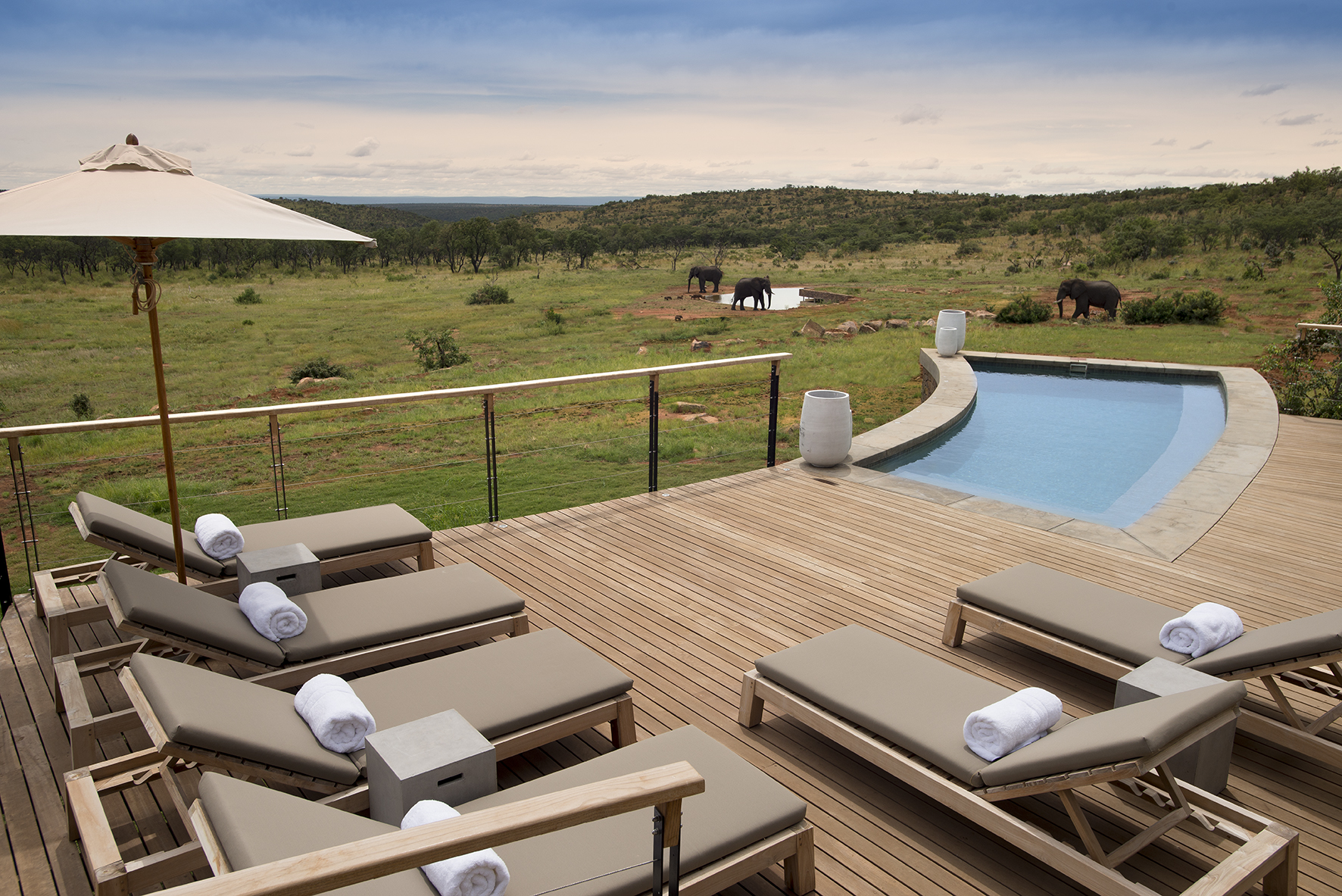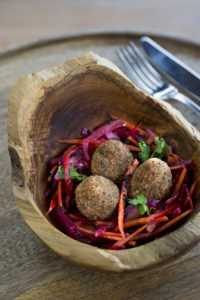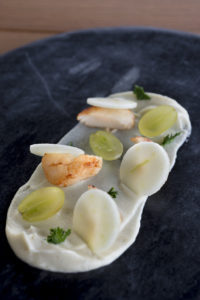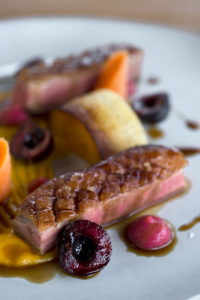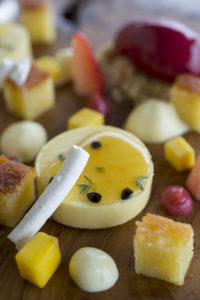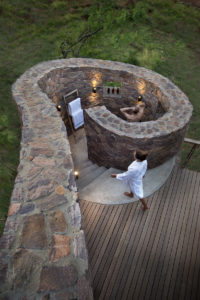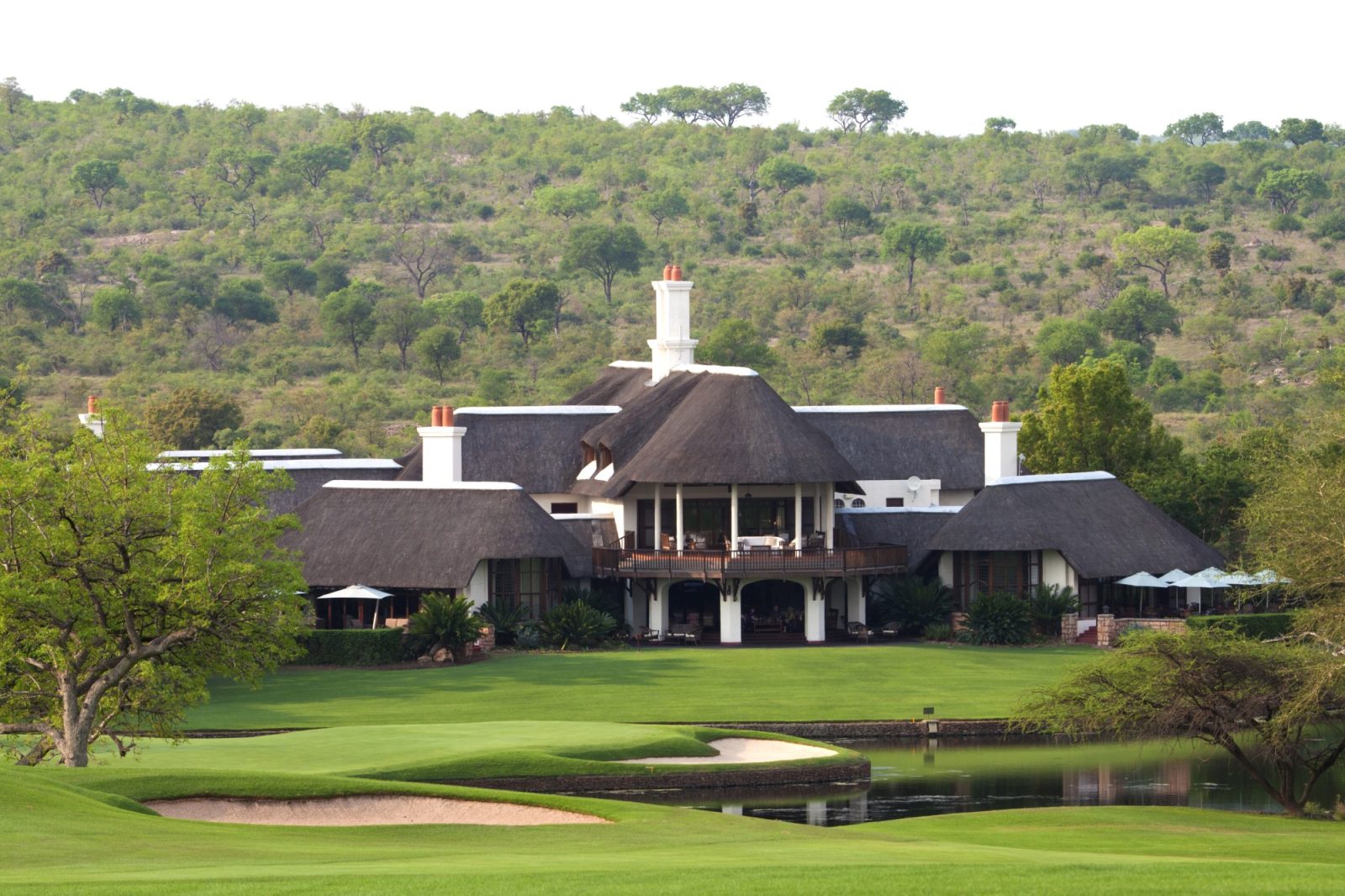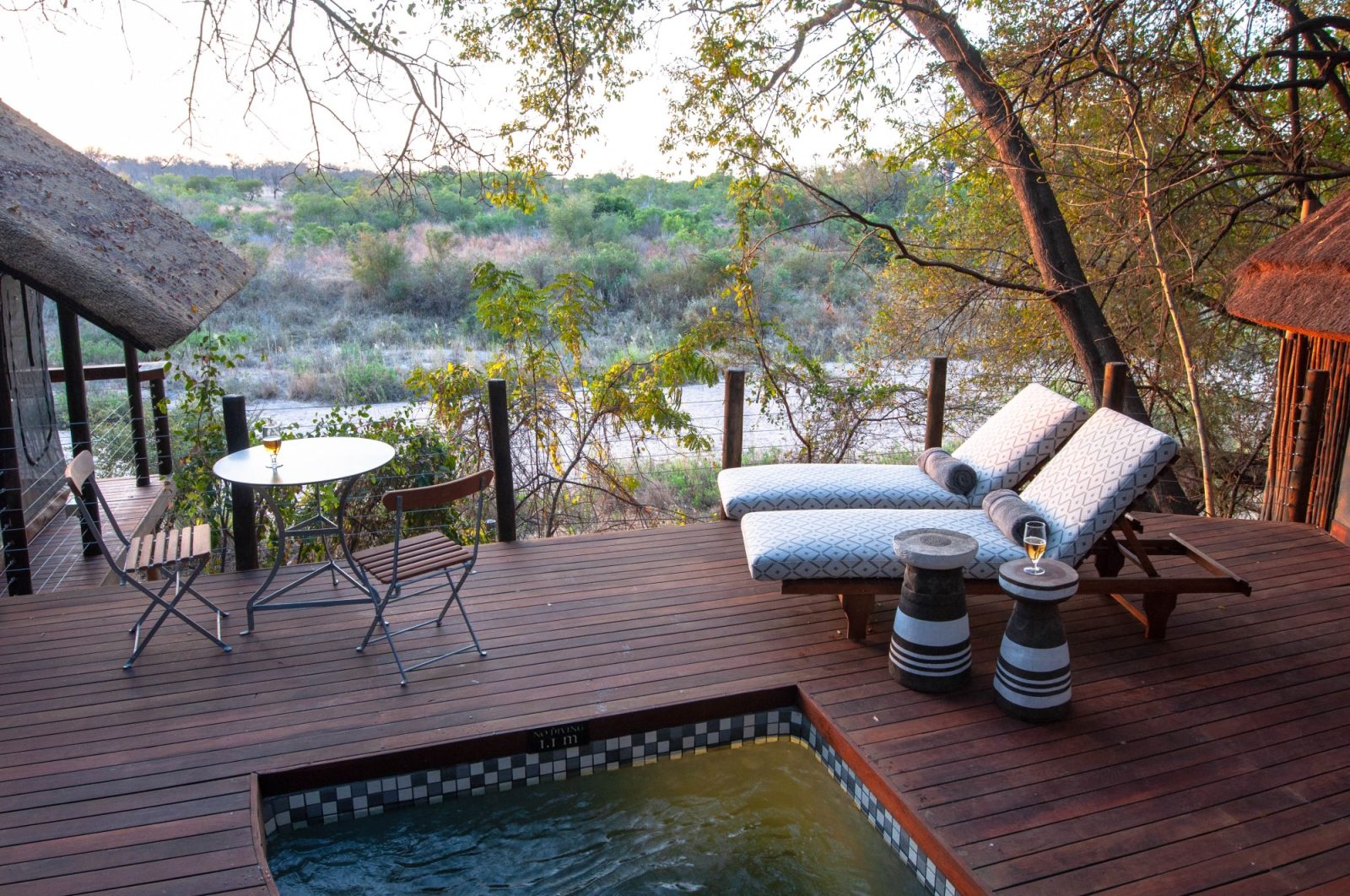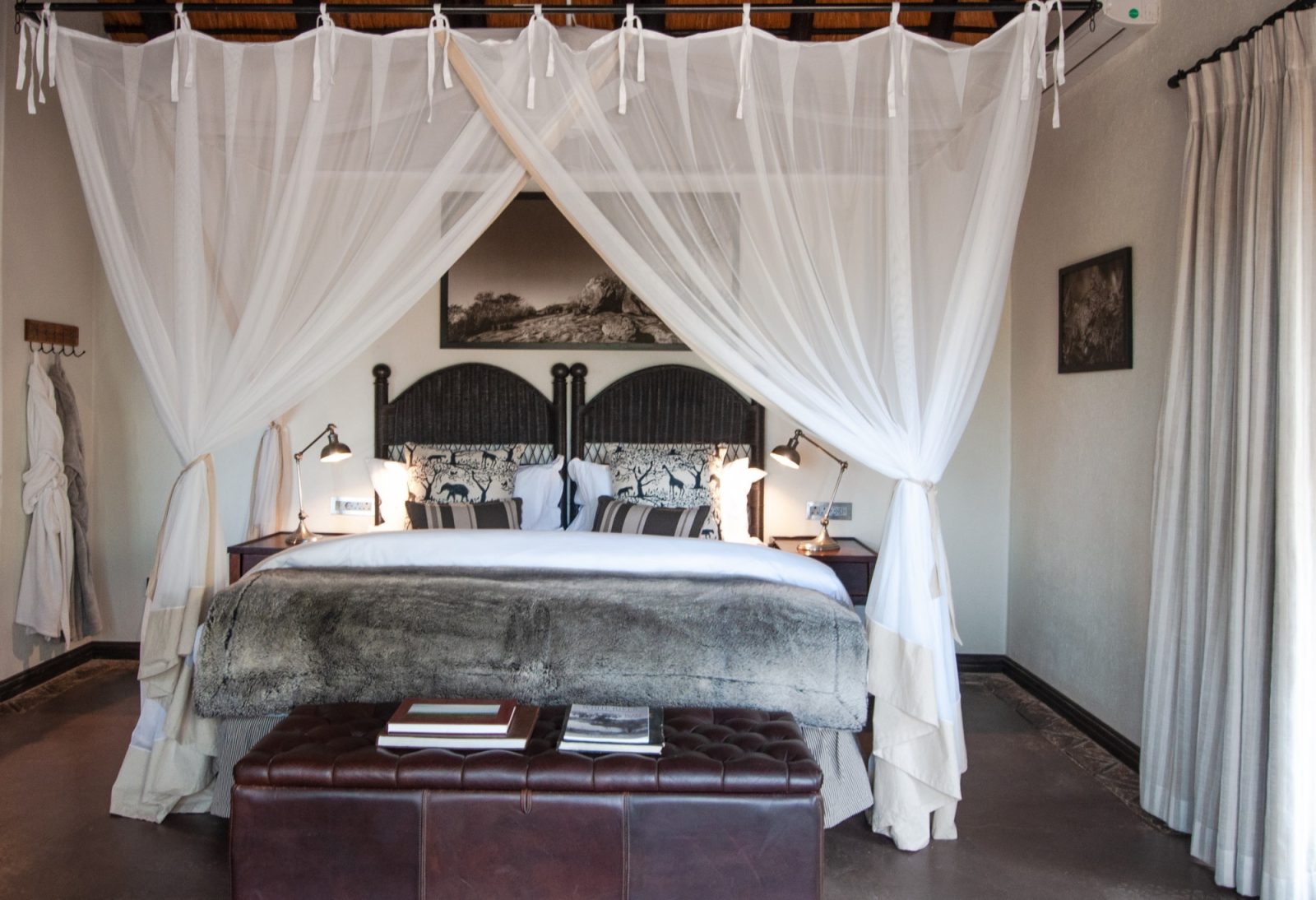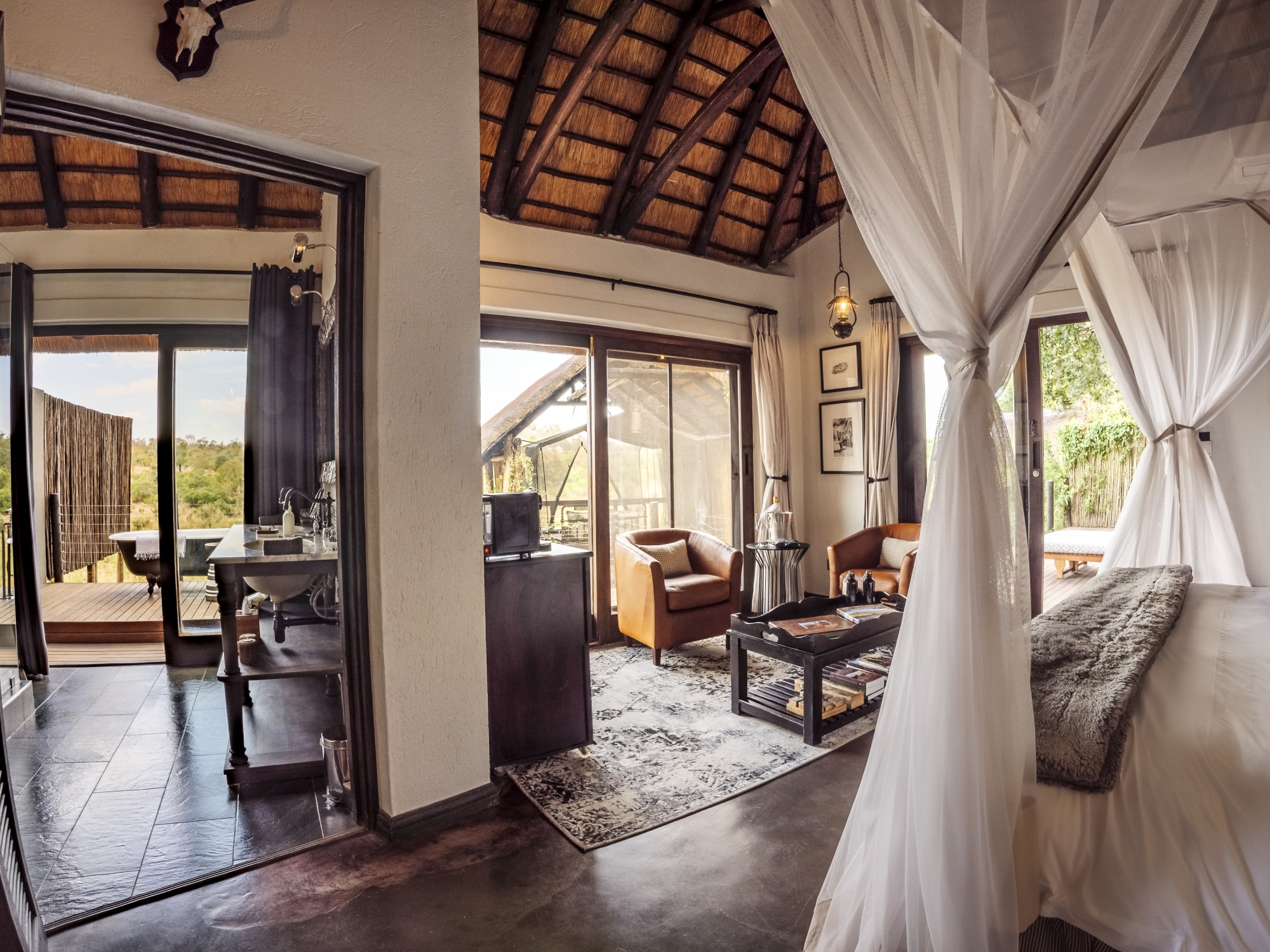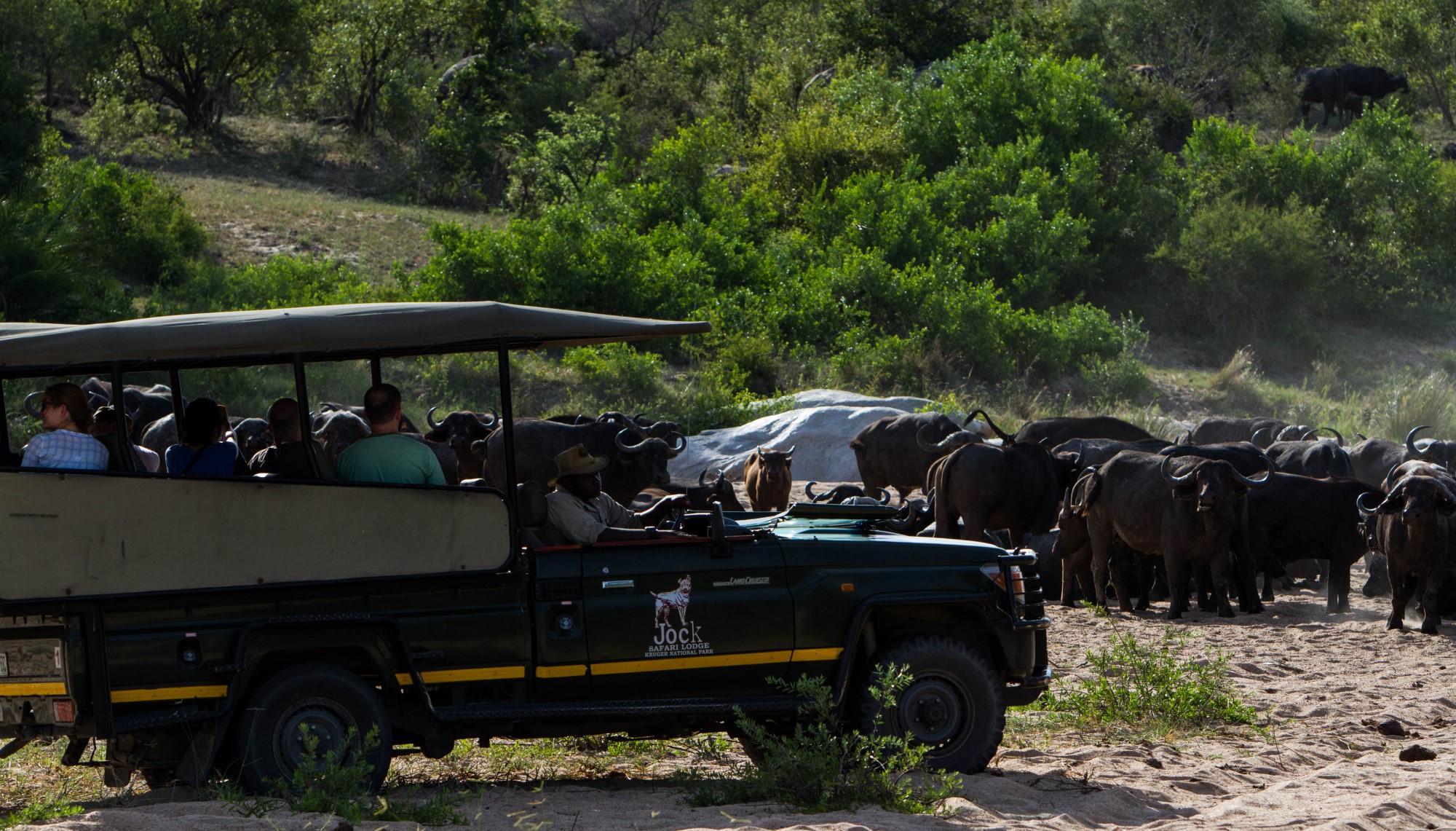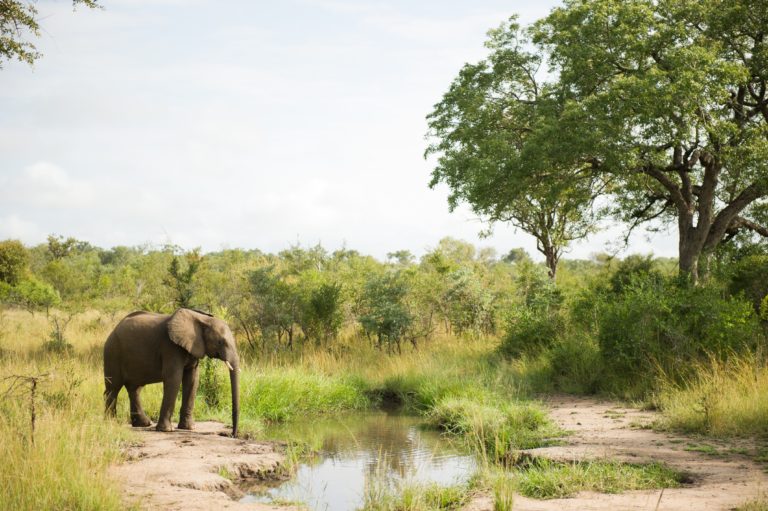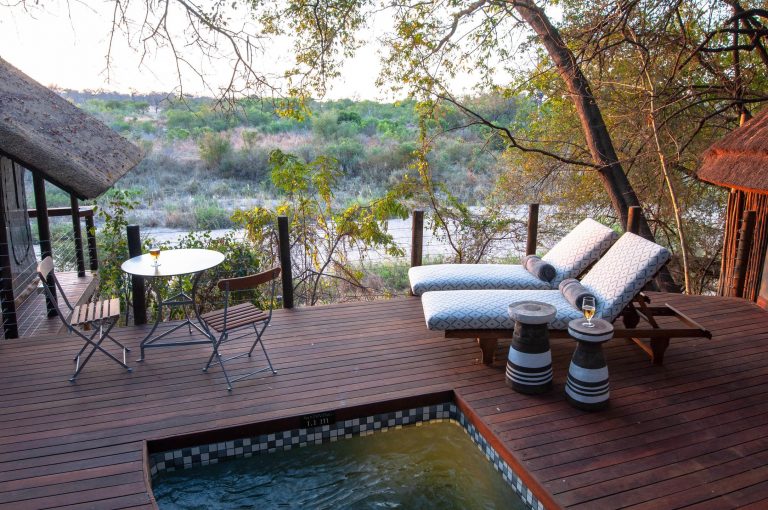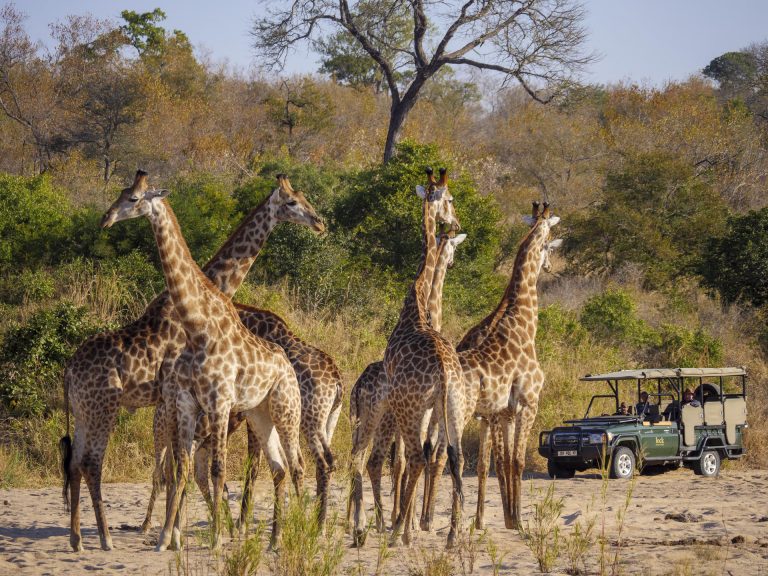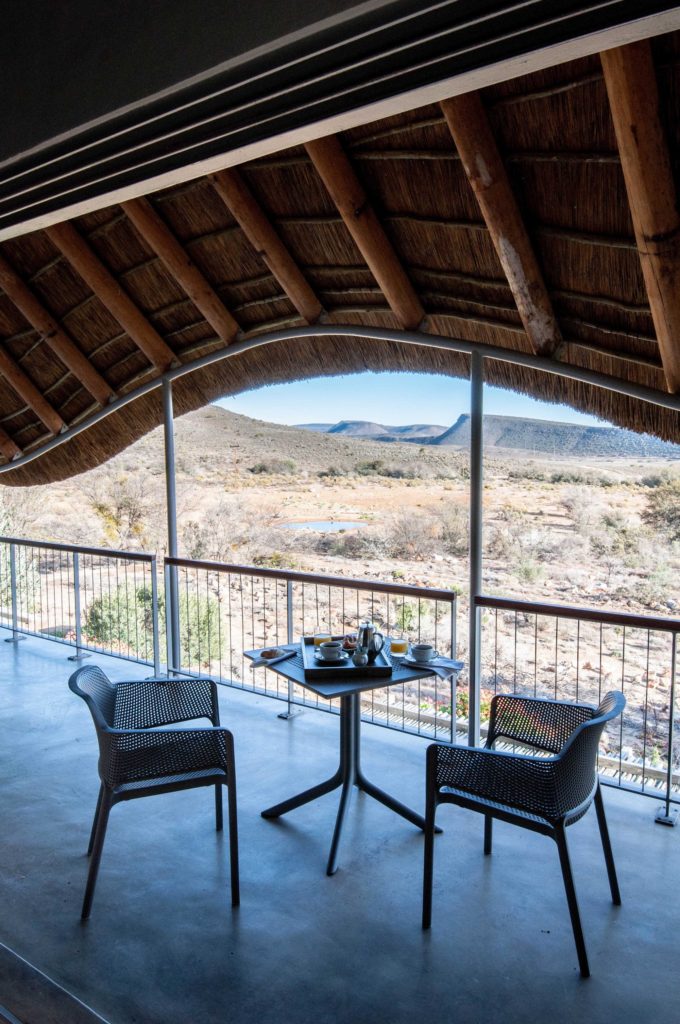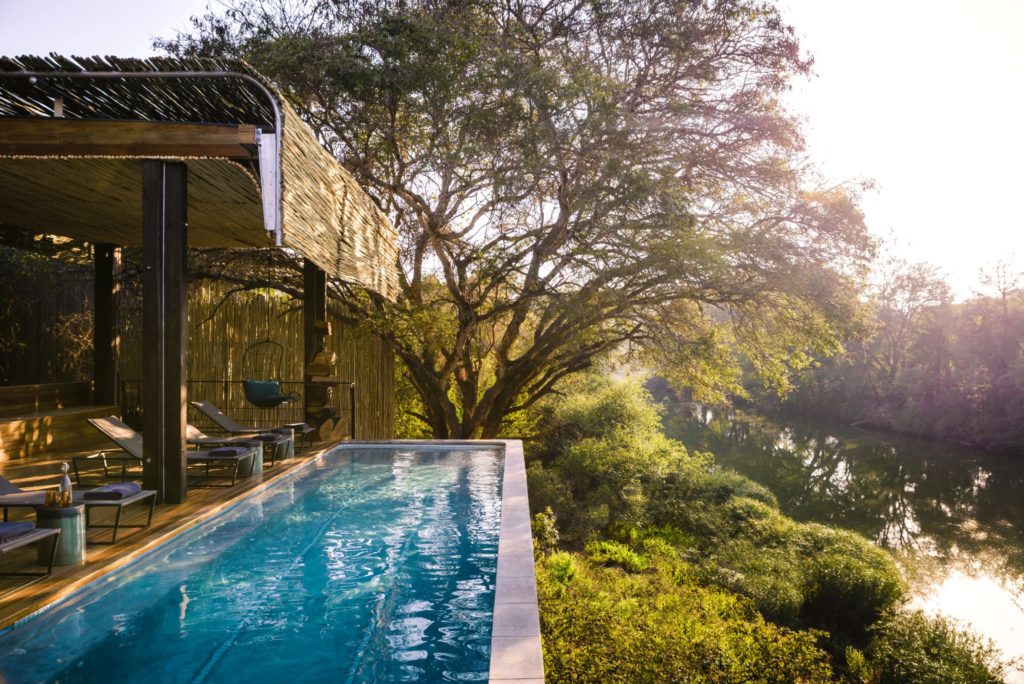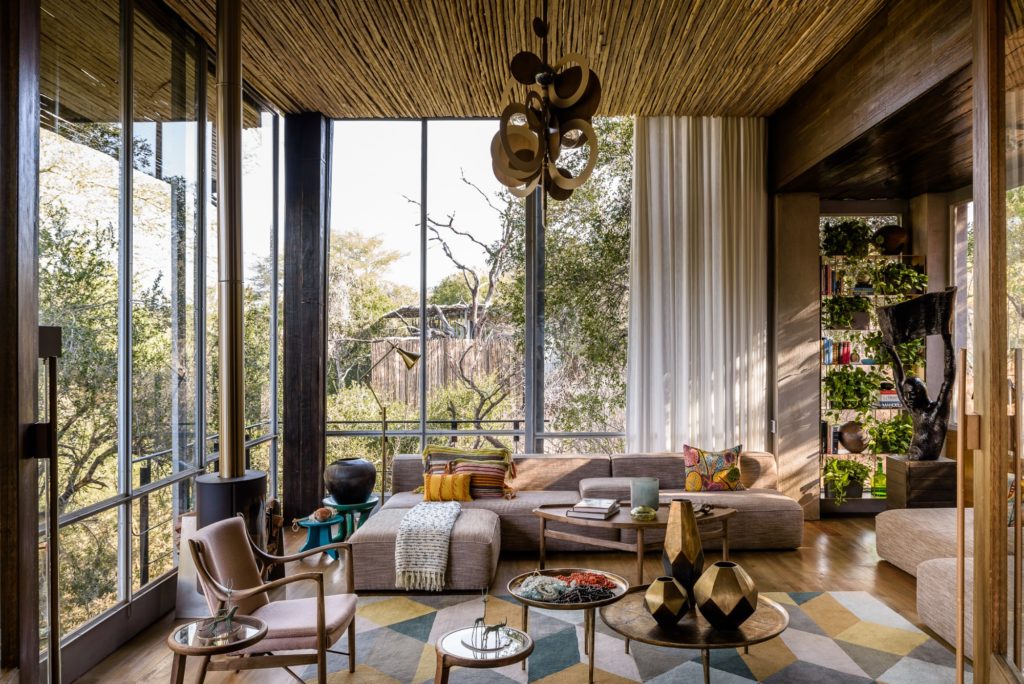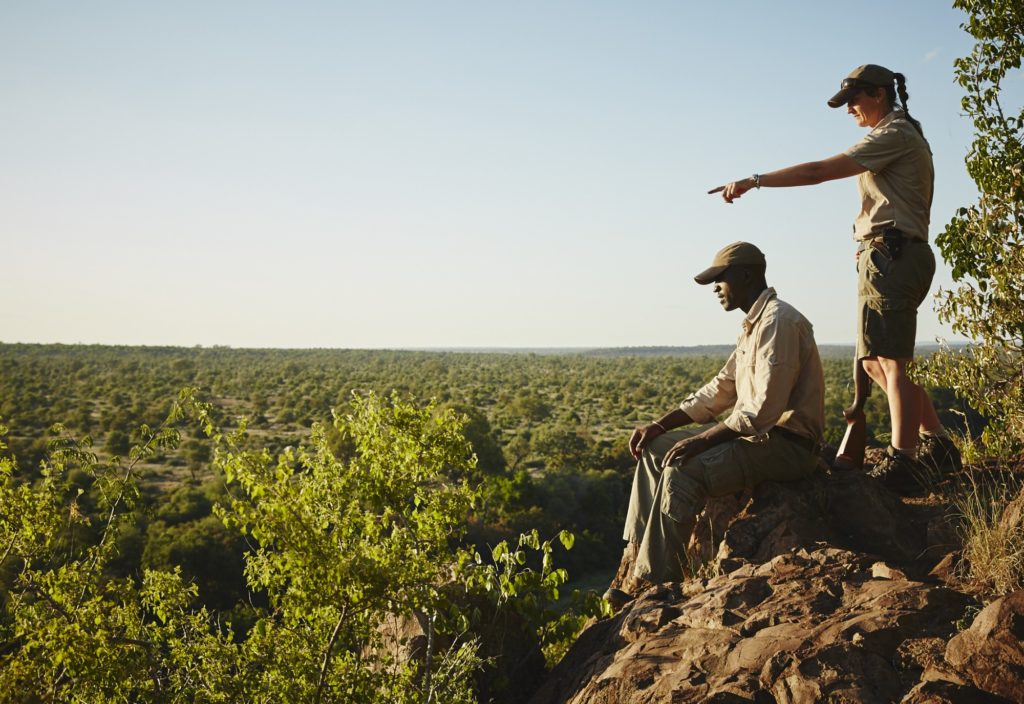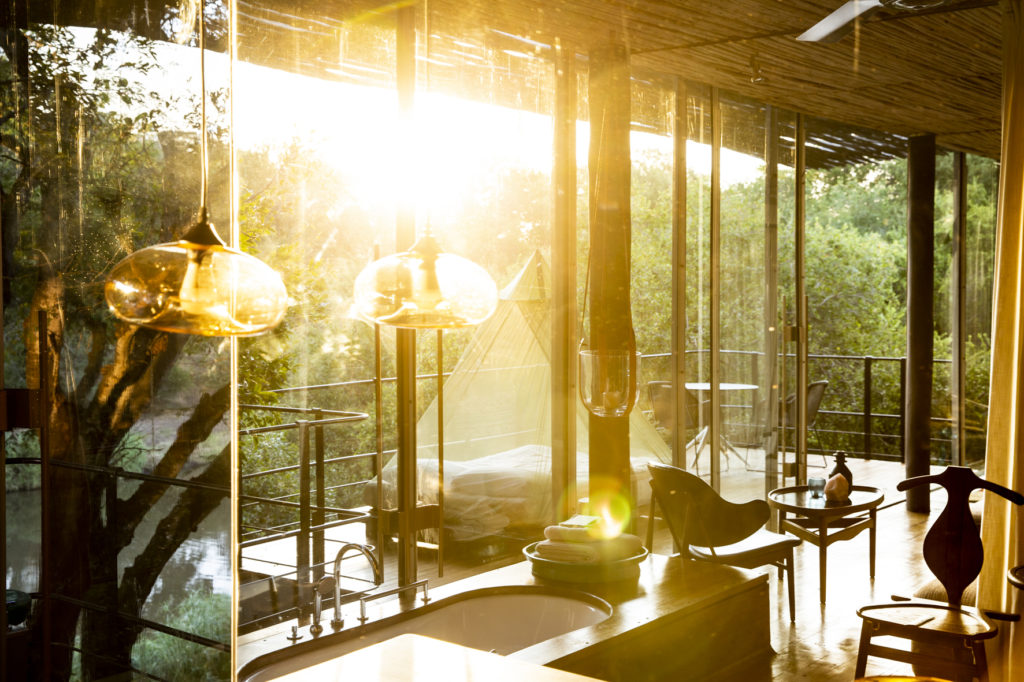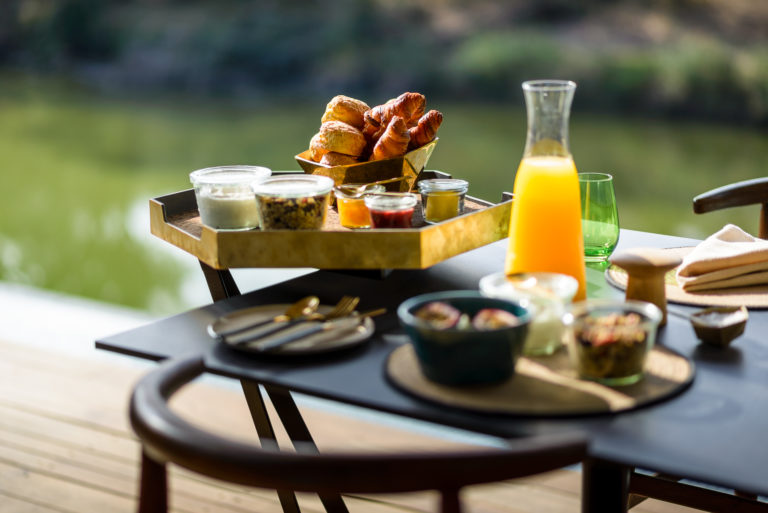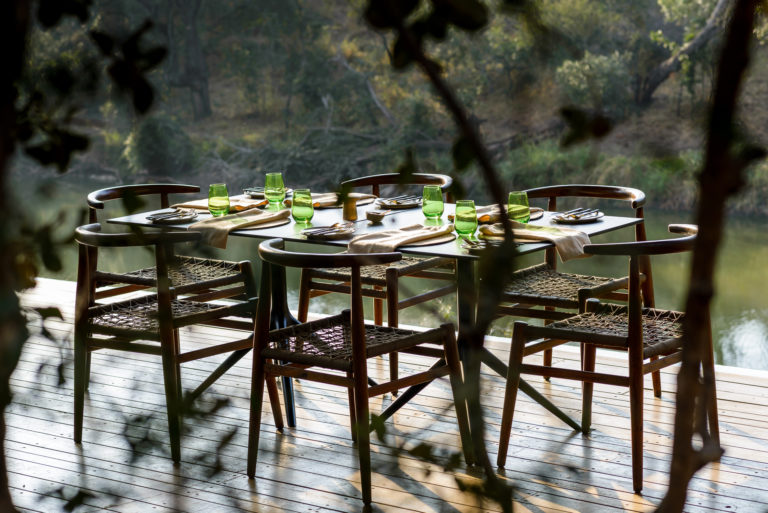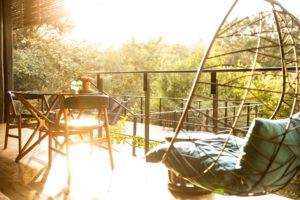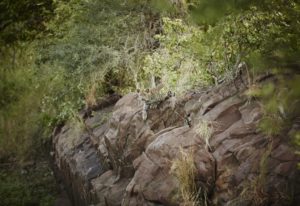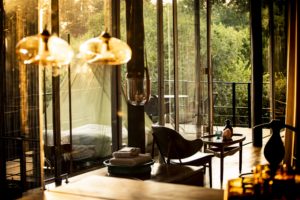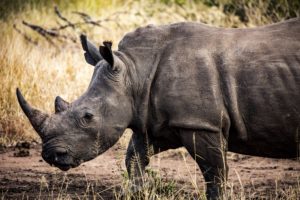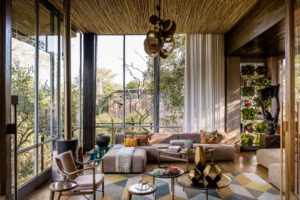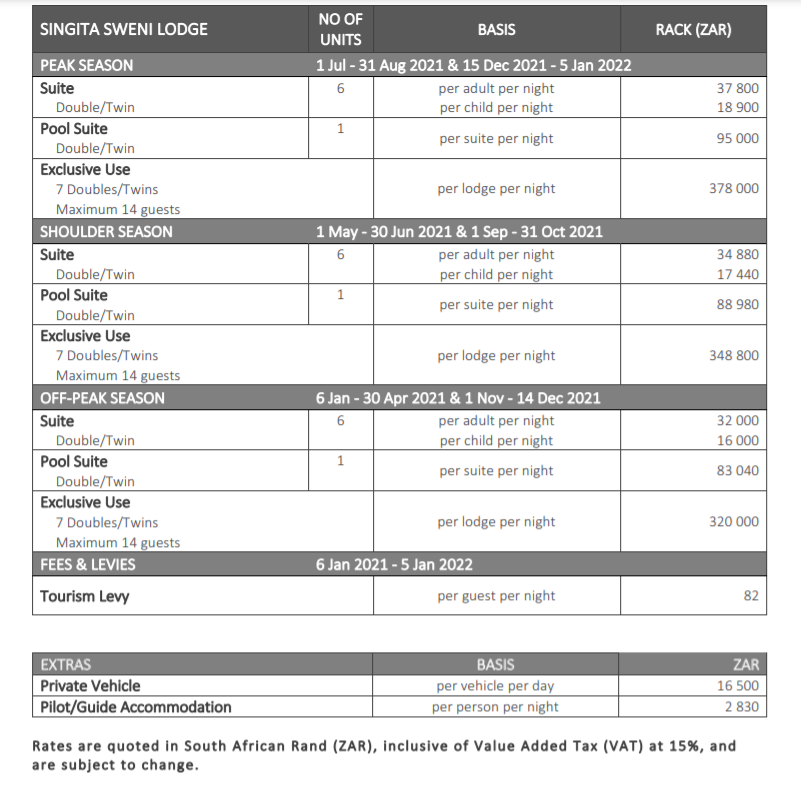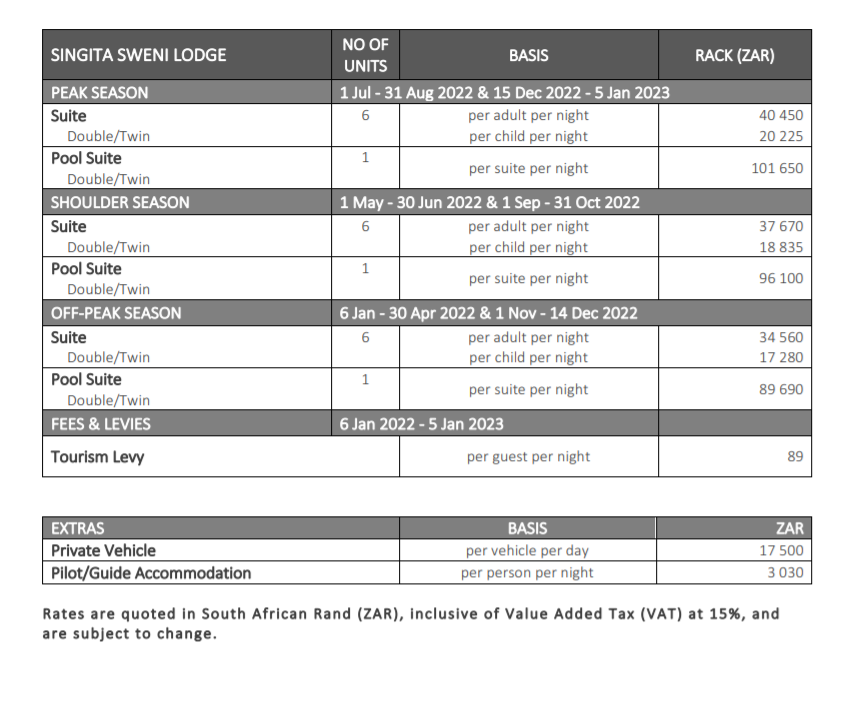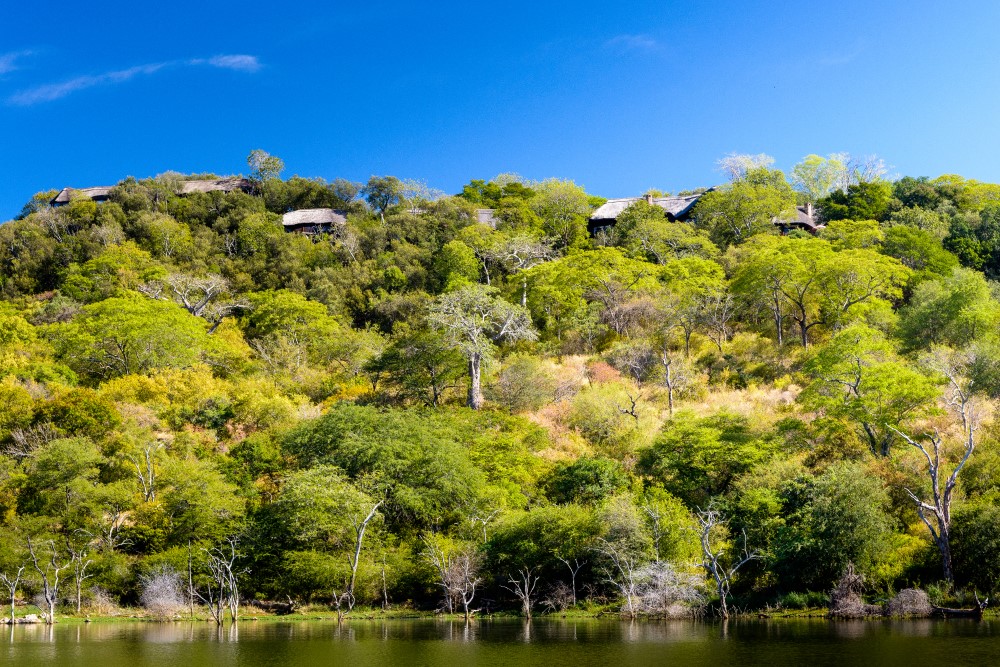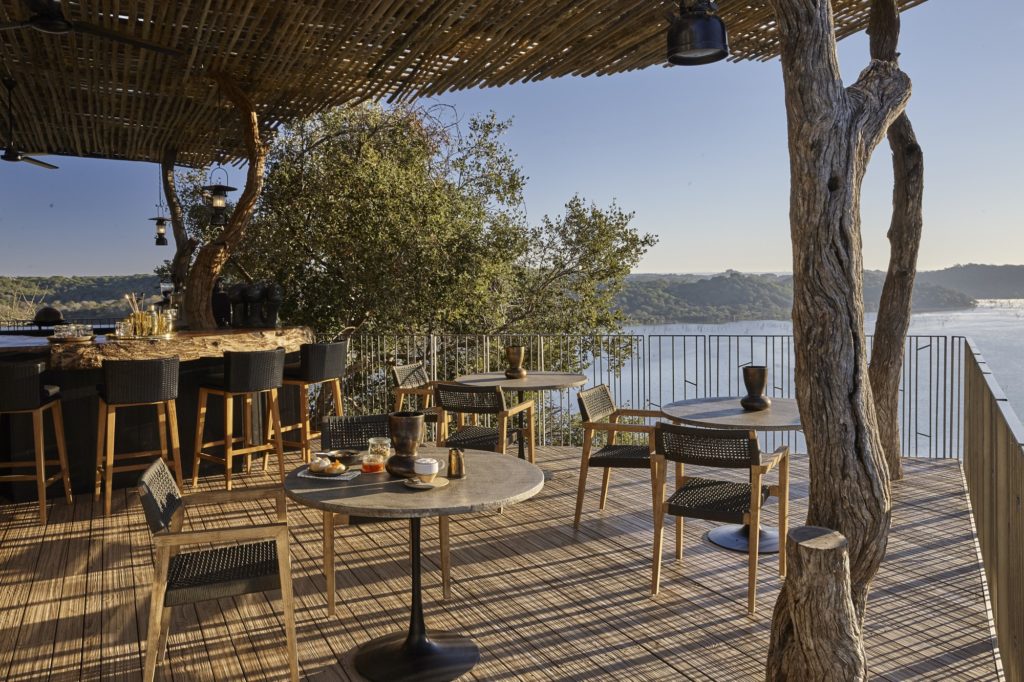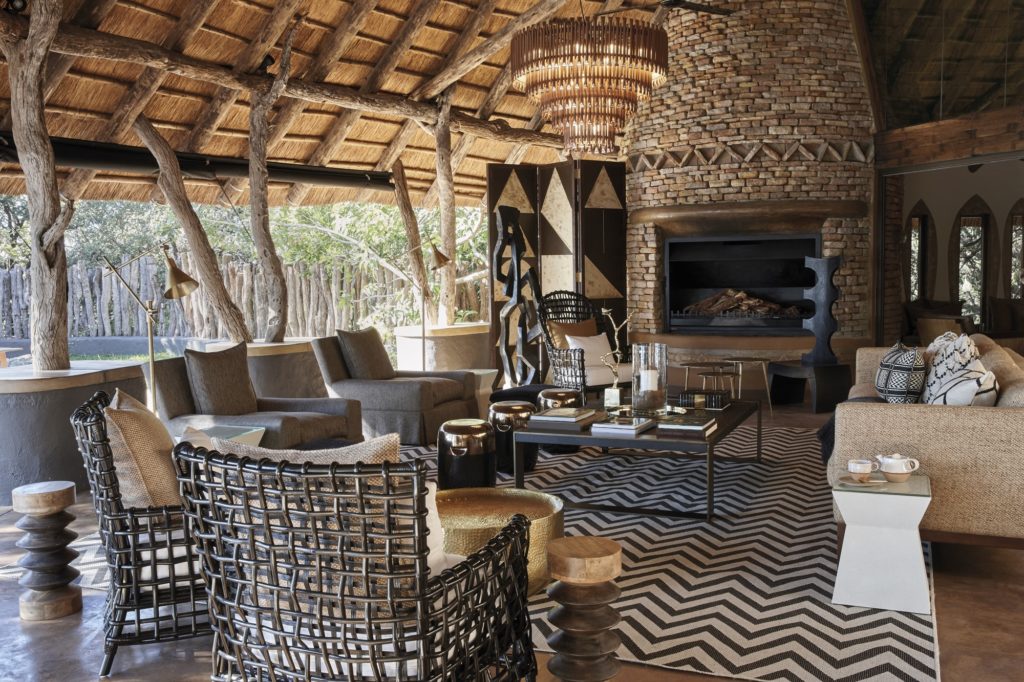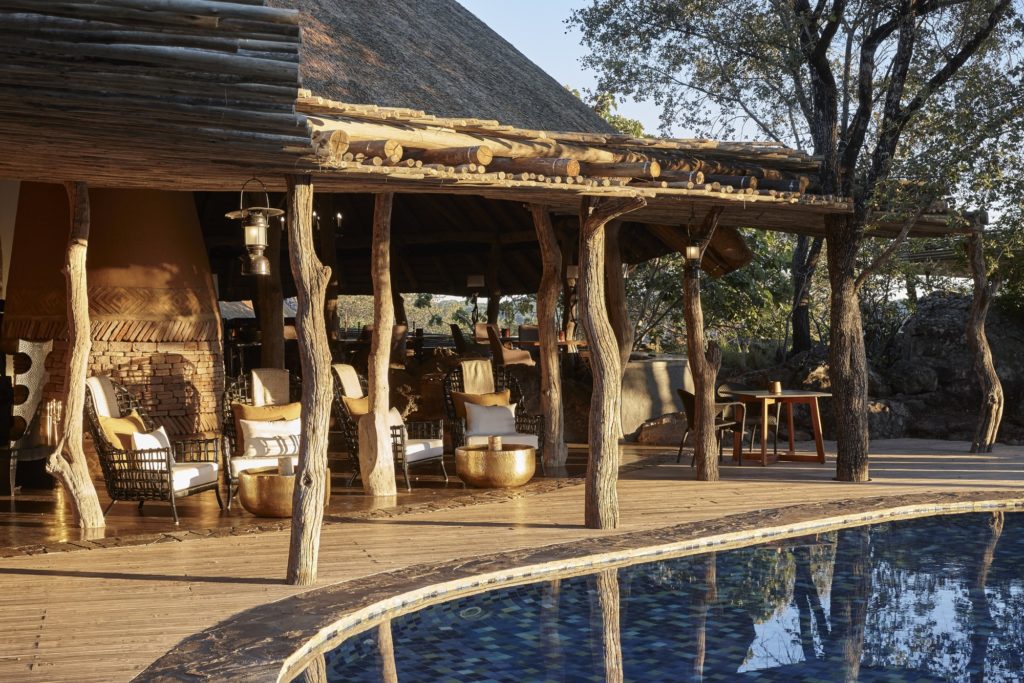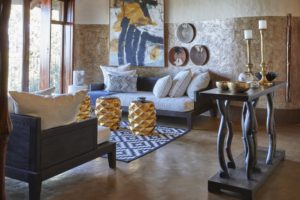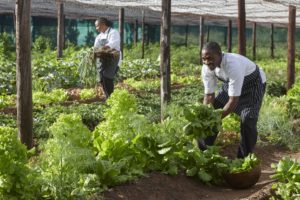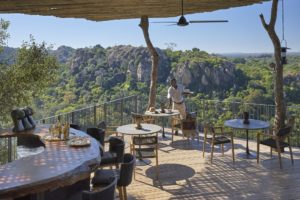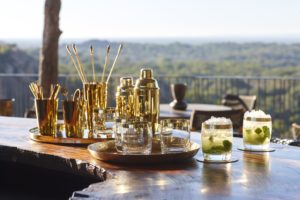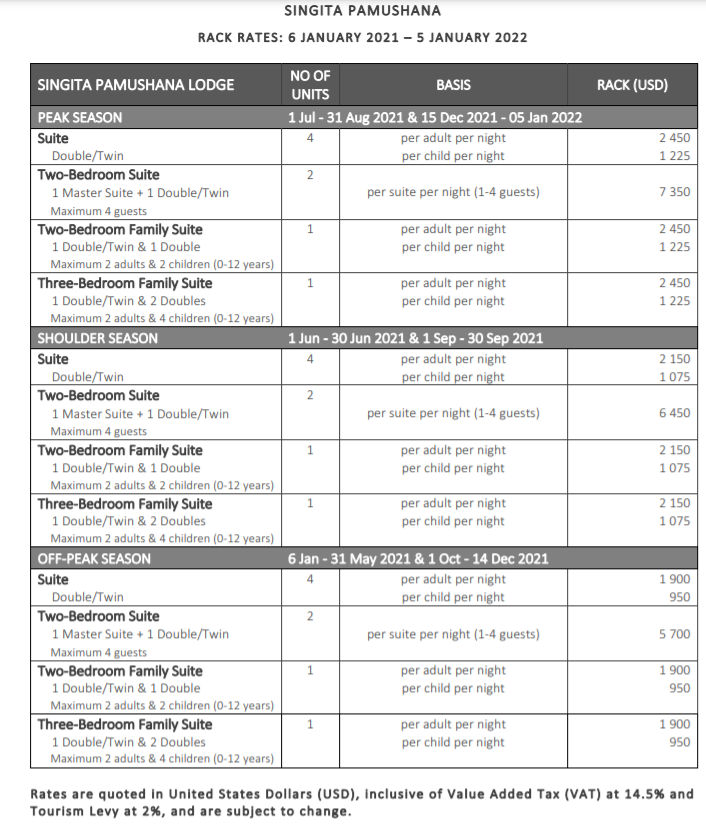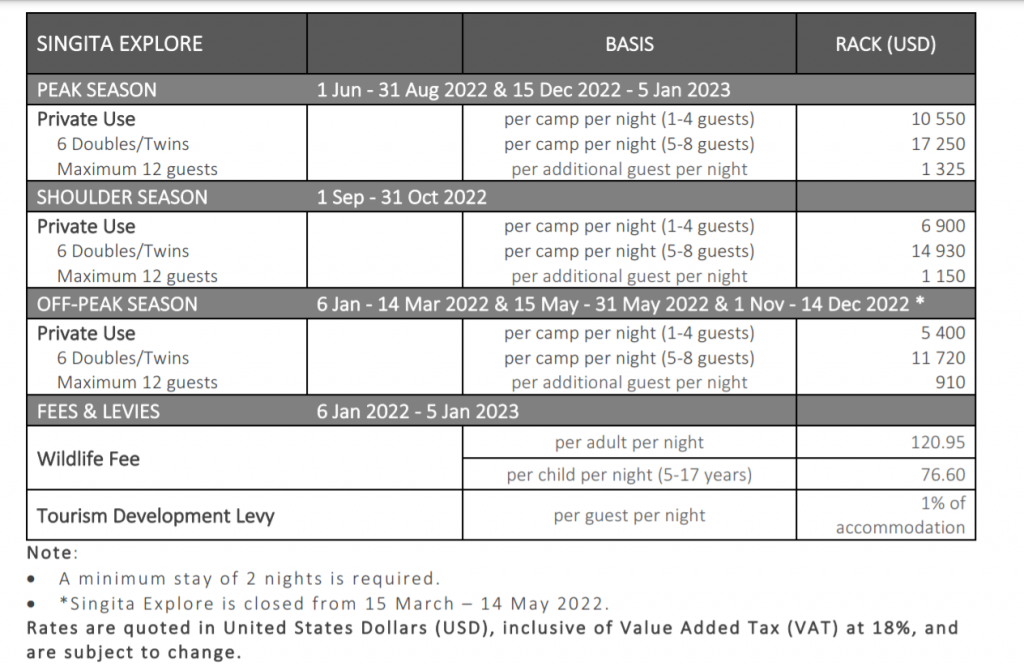Subfamilies 3. Peleinae, 4. Alcelaphinae, 5. Hippotraginae
The subfamily 3. Peleinae (one species)
Grey Rhebok
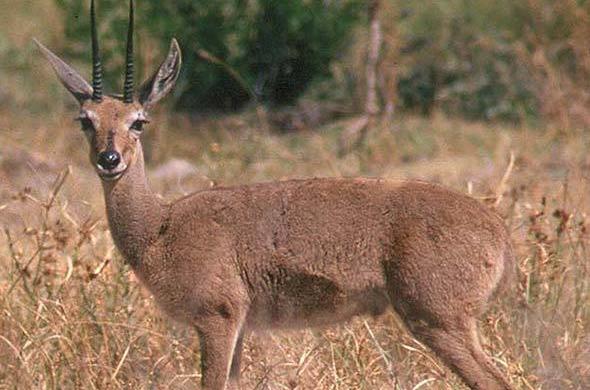
The grey rheb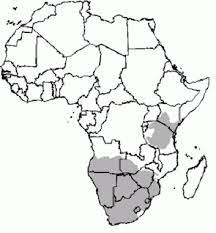 ok or grey rhebuck, locally known as the vaalribbok in Afrikaans, is native to South Africa, Lesotho, and Eswatini (Swaziland). The specific name capreolus is Latin for ‘little goat’. Generally confined to the higher areas of Southern Africa, they typically inhabit grassy, montane habitats – for example, sourveld – usually 1,000 metres (3,300 ft) above sea level, and carry a woolly grey coat to insulate them from the cold. They are not strictly limited to this habitat as they can be found in the coastal belt of the Cape, almost at sea level.
ok or grey rhebuck, locally known as the vaalribbok in Afrikaans, is native to South Africa, Lesotho, and Eswatini (Swaziland). The specific name capreolus is Latin for ‘little goat’. Generally confined to the higher areas of Southern Africa, they typically inhabit grassy, montane habitats – for example, sourveld – usually 1,000 metres (3,300 ft) above sea level, and carry a woolly grey coat to insulate them from the cold. They are not strictly limited to this habitat as they can be found in the coastal belt of the Cape, almost at sea level.
The grey rhebok is listed as “Near Threatened”, with a population of between 10,000-18,000
4. Subfamily Alcelaphinae - Sassabies, Hartebeest, Wildebeest (6 species)
Hirola
 The HIrola ( also known as the Hunters hartebeest or hunters antelope) is a critically endangered species. It was named by H.C.V Hunter (a big game hunter and zoologist) in 1888. It is the only member of the genus Beatragus, and it currently has 300-500 individuals living in the wild (there are none in captivity).
The HIrola ( also known as the Hunters hartebeest or hunters antelope) is a critically endangered species. It was named by H.C.V Hunter (a big game hunter and zoologist) in 1888. It is the only member of the genus Beatragus, and it currently has 300-500 individuals living in the wild (there are none in captivity).
It is a widely known fact, that should the Hirola be lost from the wild, it will be the last species in its genus, and therefore the first mammal genus to go extinct in Africa in the modern era. Locals have got behind this species, with 17 conservancies protecting much of the area. There are even efforts to make some of this area devoid of predators, so as to help this species bounce back faster.
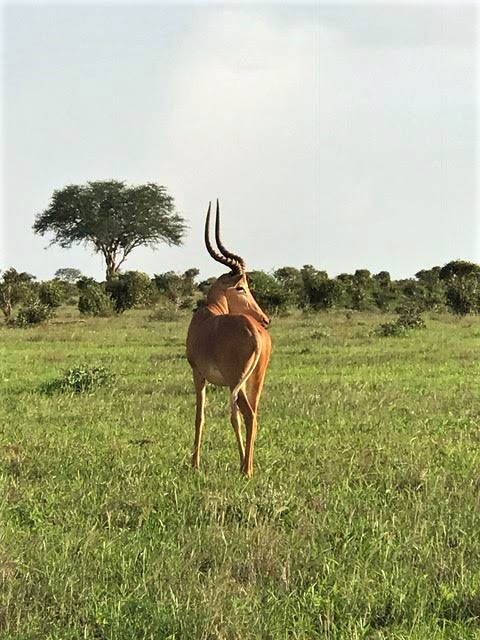
Tsessebbe, other names regularly used include Topi Sasseby and Tiang
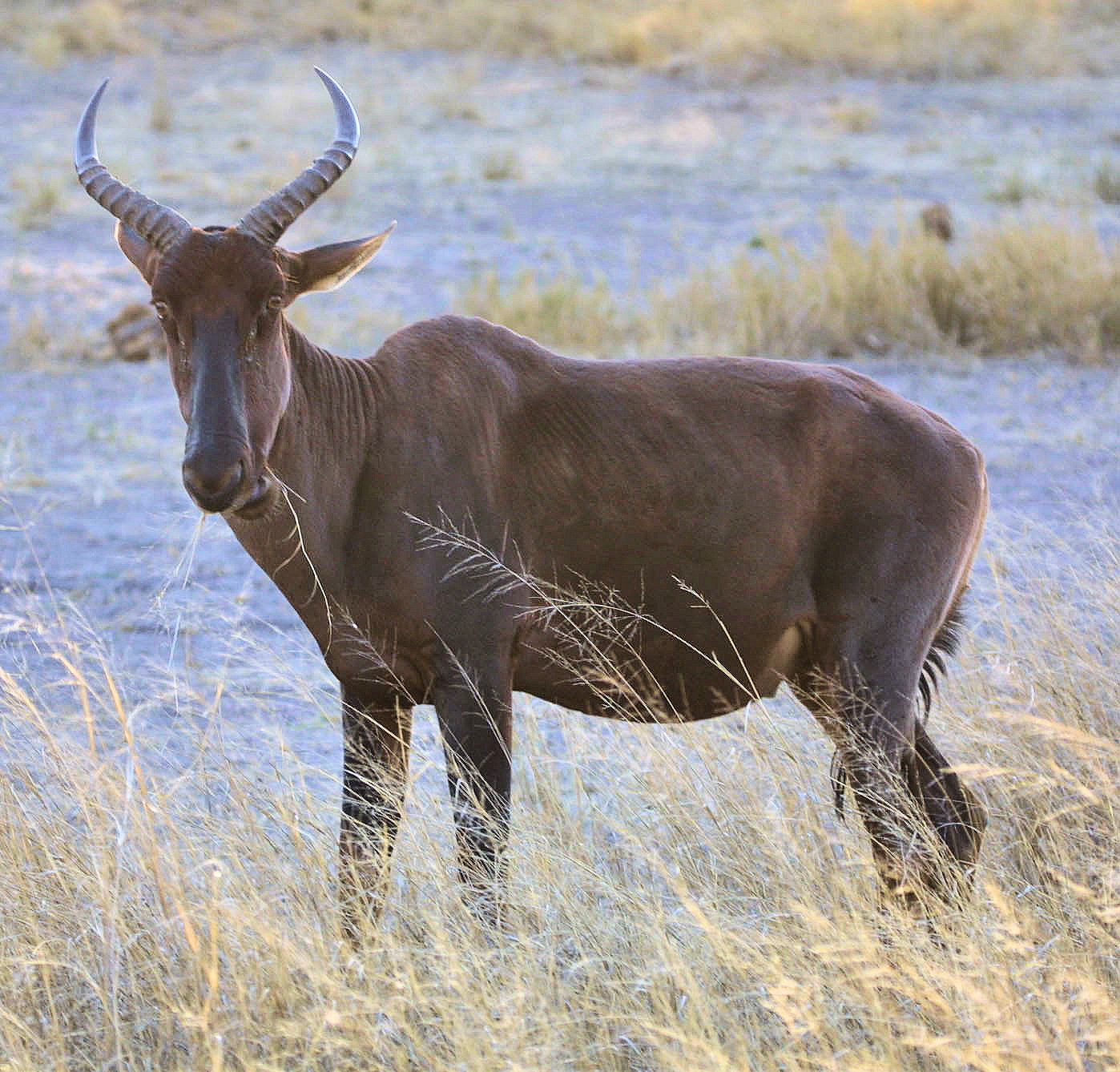
 The Tsessebbe is part of a group of so called species, which are actually subspecies (there are 5 or 6 subspecies recognized
The Tsessebbe is part of a group of so called species, which are actually subspecies (there are 5 or 6 subspecies recognized
It is closest related to the Bangweulu Tsessebe, Less so, but still very close to the Topi, Korrigum, Coastal Topi and teh Tiang subspecies. Even the Bontebok is very closely related.
- Tsessebbes have around 300,000 living wild
- Korrigum (Senegalese Hartebeest) in 2004, it was numbered 2650, split between 2 national parks. They situation has not improved
- Topi are doing well with over 100,00
- Currently, the Tiang still number very high.
Bontebok
Found only in Southern Africa, its range includes South Africa, Lesotho and Namibia
There are 2 subspecies:
- Bontebok, found around the western cape -2500-3000 (vulnerable IUCN)
- Blesbok, found in the high-veld. Closely related to the Tsessebe has a population of around 120,000 (Least concern IUCN)
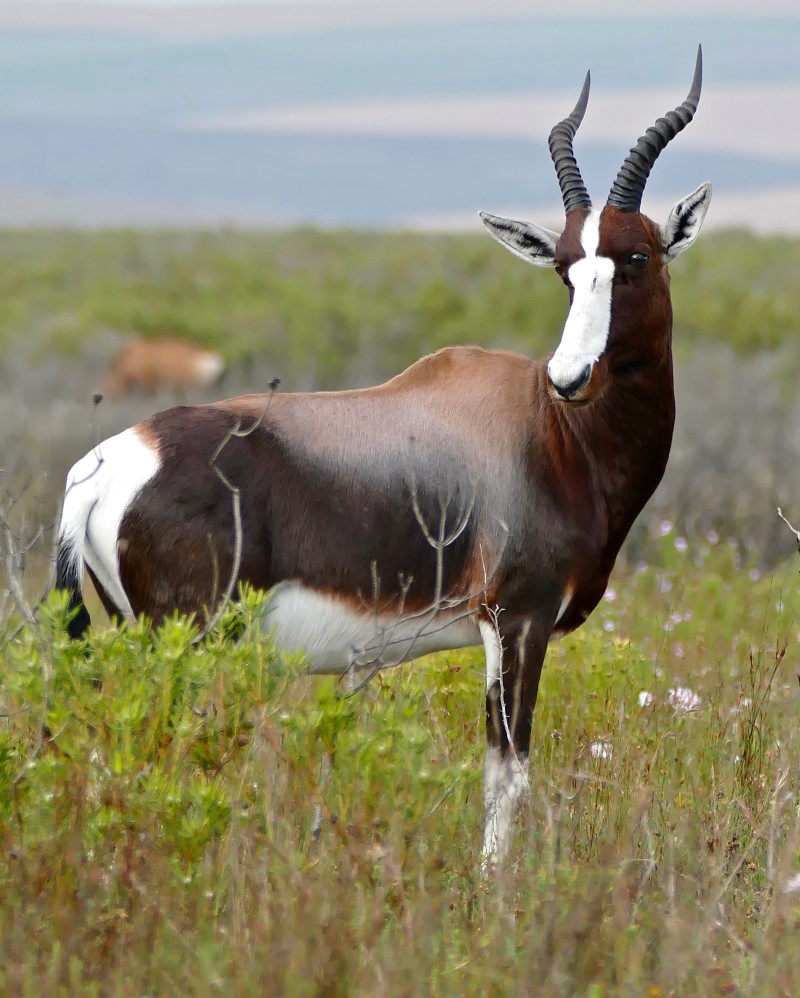
Hartebeest
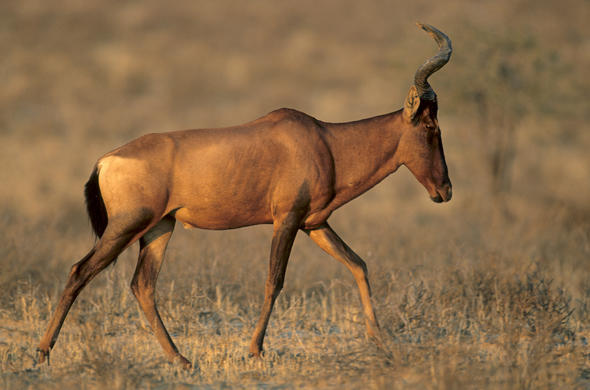
The Hartebeest – as  many as 70 subspecies, local variants and similar have been suggested, however there is only one currently recognized species.
many as 70 subspecies, local variants and similar have been suggested, however there is only one currently recognized species.
Overall, the species is listed as least concern with a population of around 360,000. The red hartebeest has a population of 130,000, but at the other end the Swaynes hartebeest in Ethiopia is only thought to number 800 in the wild. The Bulbul hartebeast (light blue) is extinct. The Lelwel Hartebeest(green) is considered endangered and has around 70,000 members. The western or Major hartebeest has around 36,000. What is clear, is that if you are travelling to an area where the local hartebeest is struggling, it would be we worth paying to see them, so as to give a value to them
Blue Wildebeest
- Other names include
 common wildebeest, white-bearded gnu or brindled gnu.
common wildebeest, white-bearded gnu or brindled gnu.
There has been five subspecies recognized:
C.t.taurinus (Burchell, 1823), the blue wildebeest, common wildebeest, or brindled gnu Inhabits the dark brown range
- C. t. johnstoni (Sclater, 1896), the Nyassaland wildebeest, inhabit orange (Tanzania, Mozambique Malawi)
- C. t. albojubatus (Thomas, 1912), the eastern white-bearded wildebeest, found in the Gold (beside the Yelow)
- C. t. mearnsi (Heller, 1913), the western white-bearded wildebeest, its range is shown in yellow
- C. t. cooksoni (Blaine, 1914), Cookson’s wildebeest, is restricted to the Luangwa Valley in Zambia. This is the mighter brown
In addition, the distinctive appearance of a western form, ranging from the Kalahari to central Zambia, suggests that subspecies mattosi (Blaine, 1825) may also prove distinct from subspecies taurinus. The western form can be recognised even at a distance by its upright mane, long beard, and minimal brindling.
There are around 1.5 million of this species living in the wild – so they are not endangered. Having said this, given that 1.3 million (almost 90% of them live in the Serengeti ecosystem), were something to happen, we could be in a very different position..
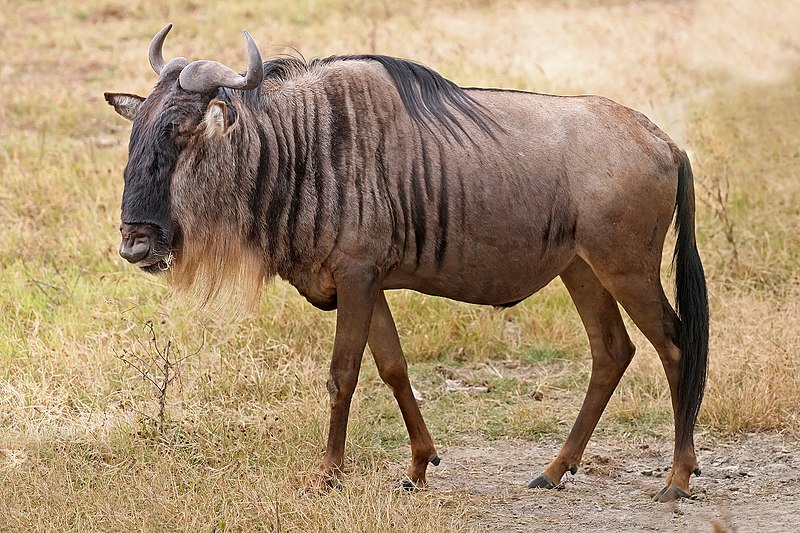
Black Wildebeest
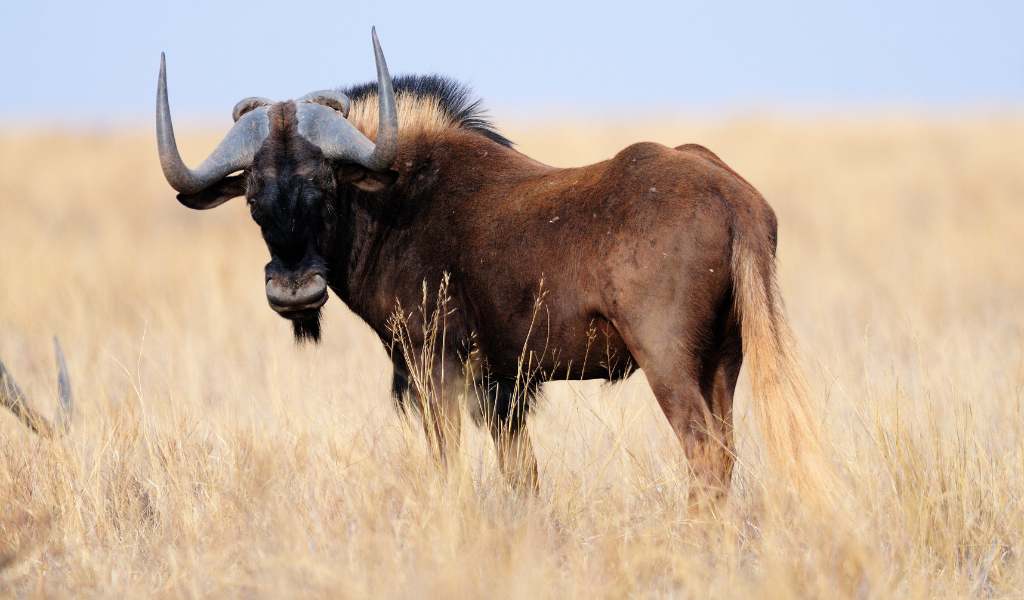
The Black wildebeest is the black wildebeest or white-tailed gnu is one of the two closely related wildebeest species. It was first described in 1780 by Eberhard August Wilhelm von Zimmermann. It came surprisingly close to extinction, having been hunted as a pest and for its meat and hide.
is the black wildebeest or white-tailed gnu is one of the two closely related wildebeest species. It was first described in 1780 by Eberhard August Wilhelm von Zimmermann. It came surprisingly close to extinction, having been hunted as a pest and for its meat and hide.
The current population is now thought to be around 18,000, though 7000 of this is in Namibia (outside their natural range) where they are farmed. Their conservation status is least concern
5. Subfamily Hippotraginae
Addax
The waterbuck  is a large antelope found widely in sub-Saharan Africa.It was first described by Irish naturalist William Ogilby in 1833.
is a large antelope found widely in sub-Saharan Africa.It was first described by Irish naturalist William Ogilby in 1833.
Its 13 subspecies are grouped under two varieties: the common or ellipsiprymnus waterbuck and the defassa waterbuck. The head-and-body length is typically between 177 and 235cm and the typical height is between 120 and 136cm. In this antelope, males are taller and heavier than females. Males reach roughly 127 cm at the shoulder, while females reach 119cm. Males typically weigh 198–262 kg and females 161–214 kg. Their coat colour varies from brown to grey. The long, spiral horns, present only on males, curve backward, then forward, and are 55–99 cm long. Waterbucks are rather sedentary in nature. As gregarious animals, they may form herds consisting of six to 30 individuals. These groups are either nursery herds with females and their offspring or bachelor herds. Males start showing territorial behaviour from the age of 5 years, but are most dominant from the six to nine. The waterbuck cannot tolerate dehydration in hot weather, and thus inhabits areas close to sources of water. Predominantly a grazer, the waterbuck is mostly found on grassland. In equatorial regions, breeding takes place throughout the year, but births are at their peak in the rainy season. The gestational period lasts 7–8 months, followed by the birth of a single calf.
Waterbucks inhabit scrub and savanna areas along rivers, lakes, and valleys. Due to their requirement for grasslands and water, waterbucks have a sparse ecotone distribution. The IUCN lists the waterbuck as being of least concern. More specifically, the common waterbuck is listed as of least concern. while the defassa waterbuck is near threatened. The population trend for both is downwards, especially that of the defassa, with large populations being eliminated from certain habitats because of poaching and human disturbance.
The common waterbuck is listed as least concern, while the Defassa is listed as near threatened. Only 60% of this subspecies population is in protected areas, so it could get worse, if they are lost.
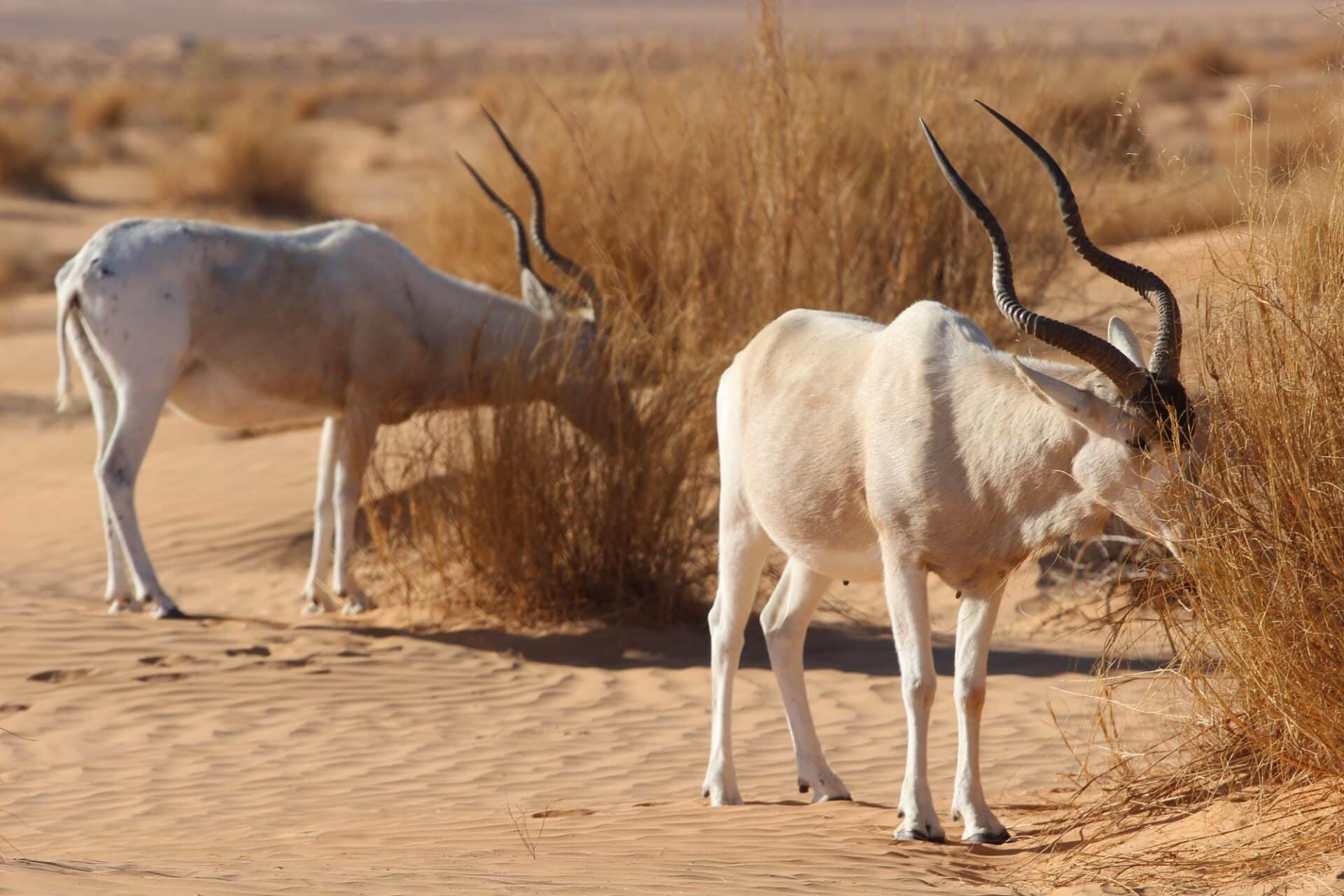
Sable Antelope
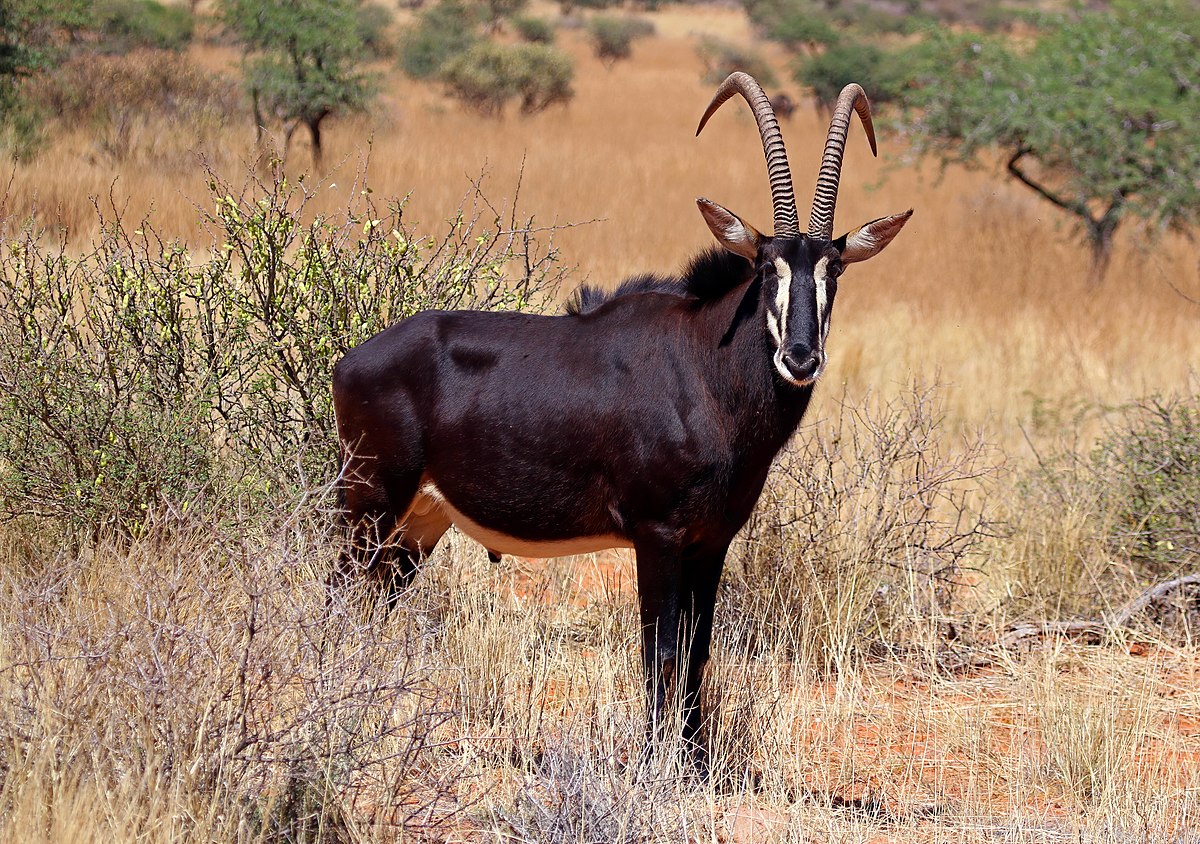
The Nyala is a spiral horned species
found in Southern Africa. The nyala is mainly active in the early morning and the late afternoon. It generally browses during the day if temperatures are 20–30 °C and during the night in the rainy season. The nyala feeds upon foliage, fruits and grasses, and requires sufficient fresh water. It is a very shy animal, and prefers water holes to the river bank. Not territorial, they are very cautious creatures. They live in single-sex or mixed family groups of up to 10 individuals, but old males live alone. They inhabit thickets within dense and dry savanna woodlands. The main predators of the nyala are lion, leopard and African wild dog, while baboons and raptorial birds prey on juveniles. Males and females are sexually mature at 18 and 11–12 months of age respectively, though they are socially immature until five years old. They have one calf after 7 months of gestation. Its population is stable, with the greatest threat coming from habitat loss as humans expand. There are thought to be 36500 and the population is stable.
Giant Sable
Red Lechwe antelope are found in a band across Africa, including areas of Eastern, Central and Western Africa.
are found in a band across Africa, including areas of Eastern, Central and Western Africa.
There are 3 subspecies:
- The western kob, is found in the west
- The Ugandan Kob is found in sub-Saharan Africa in South Sudan, Uganda and the Democratic Republic of the Congo.
- The white eared Kob is found in Western Ethiopia and South Sudan (this is one of the main animals in the huge migration within sudan)
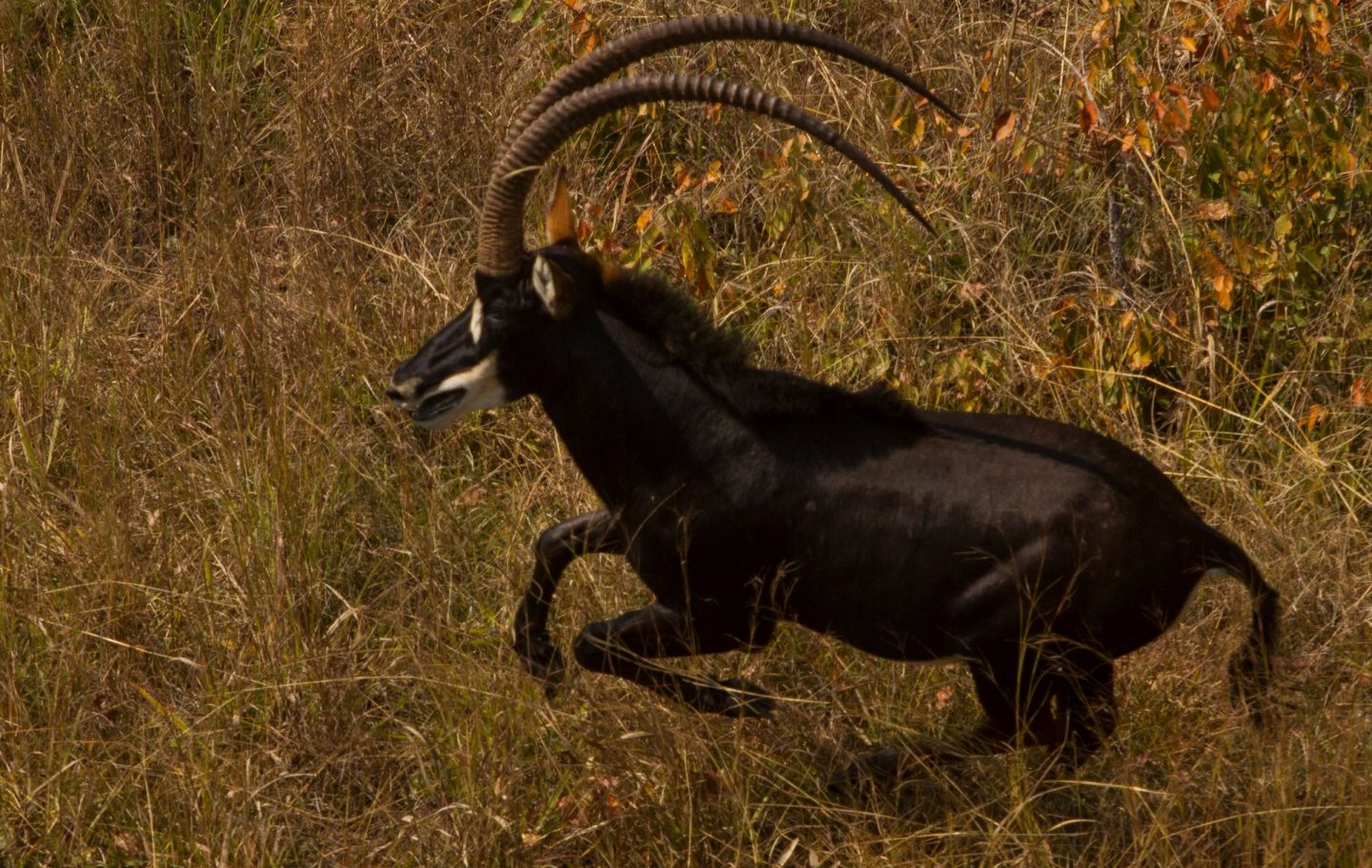
Roan
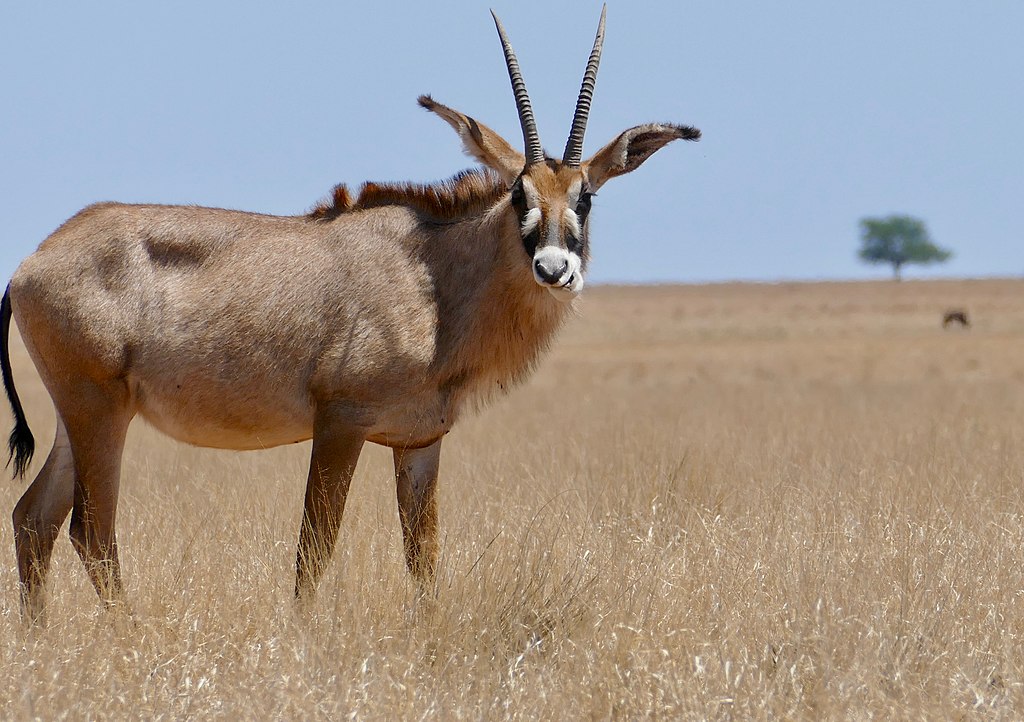
The Nyala is a spiral horned species
found in Southern Africa. The nyala is mainly active in the early morning and the late afternoon. It generally browses during the day if temperatures are 20–30 °C and during the night in the rainy season. The nyala feeds upon foliage, fruits and grasses, and requires sufficient fresh water. It is a very shy animal, and prefers water holes to the river bank. Not territorial, they are very cautious creatures. They live in single-sex or mixed family groups of up to 10 individuals, but old males live alone. They inhabit thickets within dense and dry savanna woodlands. The main predators of the nyala are lion, leopard and African wild dog, while baboons and raptorial birds prey on juveniles. Males and females are sexually mature at 18 and 11–12 months of age respectively, though they are socially immature until five years old. They have one calf after 7 months of gestation. Its population is stable, with the greatest threat coming from habitat loss as humans expand. There are thought to be 36500 and the population is stable.
Gemsbok
Red Lechwe antelope are found in a band across Africa, including areas of Eastern, Central and Western Africa.
are found in a band across Africa, including areas of Eastern, Central and Western Africa.
There are 3 subspecies:
- The western kob, is found in the west
- The Ugandan Kob is found in sub-Saharan Africa in South Sudan, Uganda and the Democratic Republic of the Congo.
- The white eared Kob is found in Western Ethiopia and South Sudan (this is one of the main animals in the huge migration within sudan)

Belsa Oryx
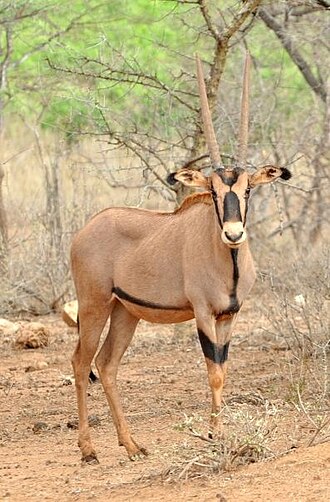
The Nyala is a spiral horned species
found in Southern Africa. The nyala is mainly active in the early morning and the late afternoon. It generally browses during the day if temperatures are 20–30 °C and during the night in the rainy season. The nyala feeds upon foliage, fruits and grasses, and requires sufficient fresh water. It is a very shy animal, and prefers water holes to the river bank. Not territorial, they are very cautious creatures. They live in single-sex or mixed family groups of up to 10 individuals, but old males live alone. They inhabit thickets within dense and dry savanna woodlands. The main predators of the nyala are lion, leopard and African wild dog, while baboons and raptorial birds prey on juveniles. Males and females are sexually mature at 18 and 11–12 months of age respectively, though they are socially immature until five years old. They have one calf after 7 months of gestation. Its population is stable, with the greatest threat coming from habitat loss as humans expand. There are thought to be 36500 and the population is stable.
Schimitar Oryx
Red Lechwe antelope are found in a band across Africa, including areas of Eastern, Central and Western Africa.
are found in a band across Africa, including areas of Eastern, Central and Western Africa.
There are 3 subspecies:
- The western kob, is found in the west
- The Ugandan Kob is found in sub-Saharan Africa in South Sudan, Uganda and the Democratic Republic of the Congo.
- The white eared Kob is found in Western Ethiopia and South Sudan (this is one of the main animals in the huge migration within sudan)
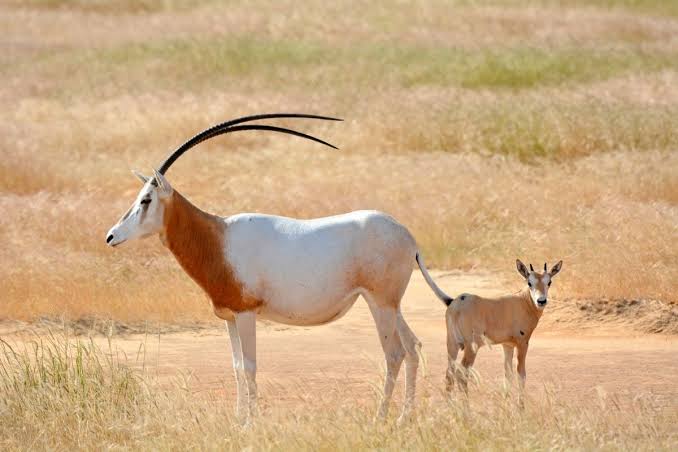
6. Subfamily Aepycerotinae (1 species)
Impala

There are currently around 2 million Impala roaming across Africa. About one quarter of these live in protected areas in Botswana, Kenya, South Africa, Tanzania, Zambia, and Zimbabwe. Around 1000 of the Black faced Impala live in the green area in the west of Africa.
Impala roaming across Africa. About one quarter of these live in protected areas in Botswana, Kenya, South Africa, Tanzania, Zambia, and Zimbabwe. Around 1000 of the Black faced Impala live in the green area in the west of Africa.
7. Subfamily Antilopinae
Dama Gazelle
The Dama Gazelle is a small antelope, species with a handful of small populations acros central and western north Africa. It lives in the Sahara and the Sahel desert.
antelope, species with a handful of small populations acros central and western north Africa. It lives in the Sahara and the Sahel desert.
In Niger, the Dama Gazelle has become a national symbol.
There are 3 subspecies, however the Mhorr gazell is extinct in the wild (though zoos have a number) , the dama gazelle is only kept in captivity one zoo and is very rare in the wild.
The species is critically endangered with only 100-200 left in the wild. Given that this small population is spread over a number of areas. The number of wild semi wild and captive is around 2900, so it is just the need to save the species in the wild which is the current problem.
